WALLFLOWERS: Sights & Sounds of Singapore
A multi-disciplinary project encouraging people in Singapore to rediscover the beauty of their environments and daily life.
About Wallflowers ‘Sights and Sounds’
Take a peek through the lens of the Wallflowers Team, and look at Singapore in a different light. What will you notice, if you slow down to enjoy the little moments?
Read the fun facts we’ve learnt about each location, as we dive deeper into the history and significance of these iconic landmarks in Singapore.
EPISODE 1: “TIONG BAHRU”
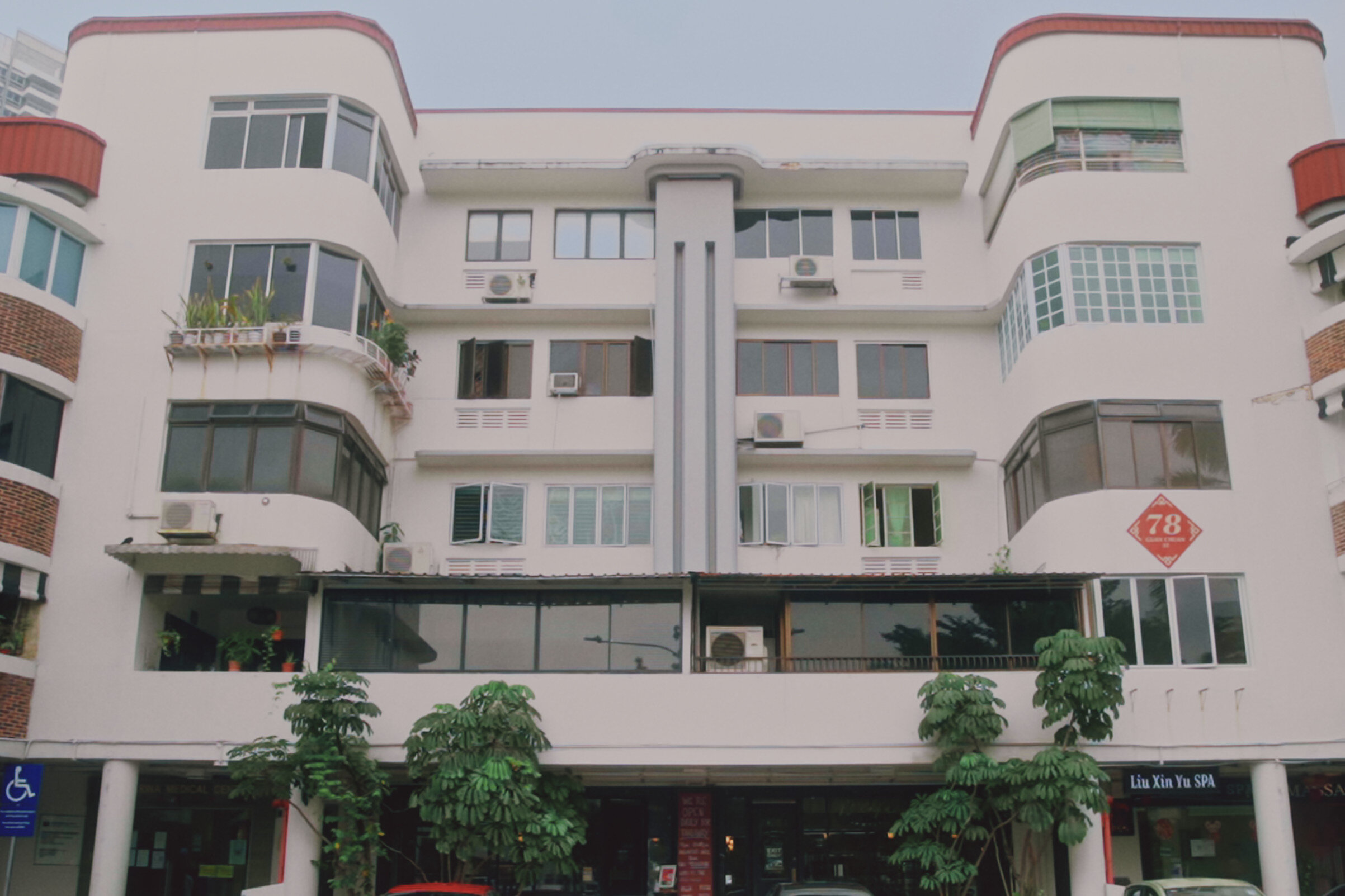
Fun Fact 1: Tiong Bahru is an estate with architectural, cultural and historic significance. Developed in the 1920s as Singapore’s first public housing estate, 20 blocks of flats in the estate were granted conservation status by the Urban Redevelopment Authority in 2003.
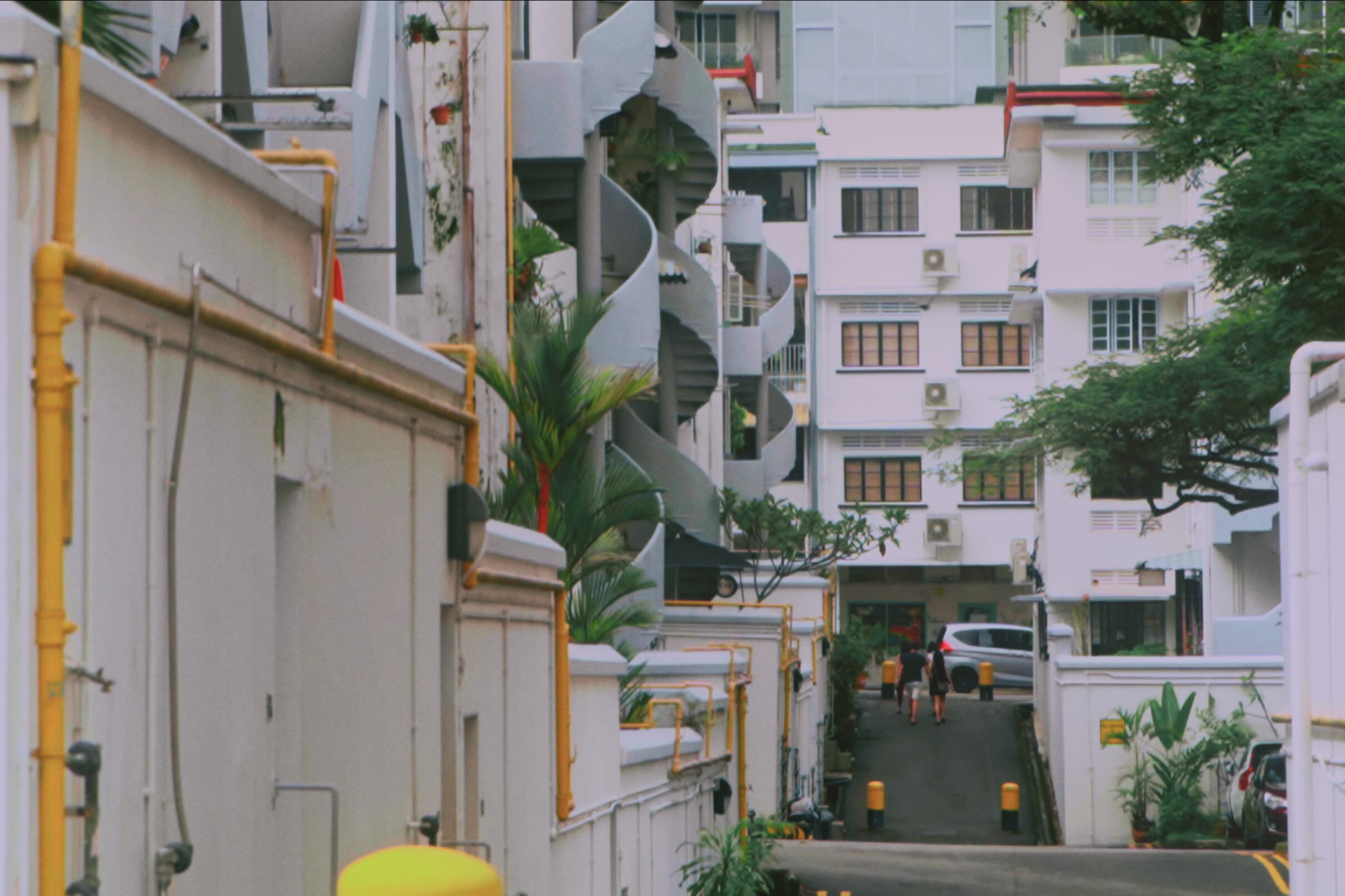
Tiong Bahru’s SIT flats reflect a blend of imported and local styles, including Art Deco and the influence of the International style, which focused on simple, clear lines and planes. The style was prominent in Europe during that period, and SIT architects and managers took inspiration from public housing in British New Towns like Stevenage and Harlow. | Info source: NLB eResources
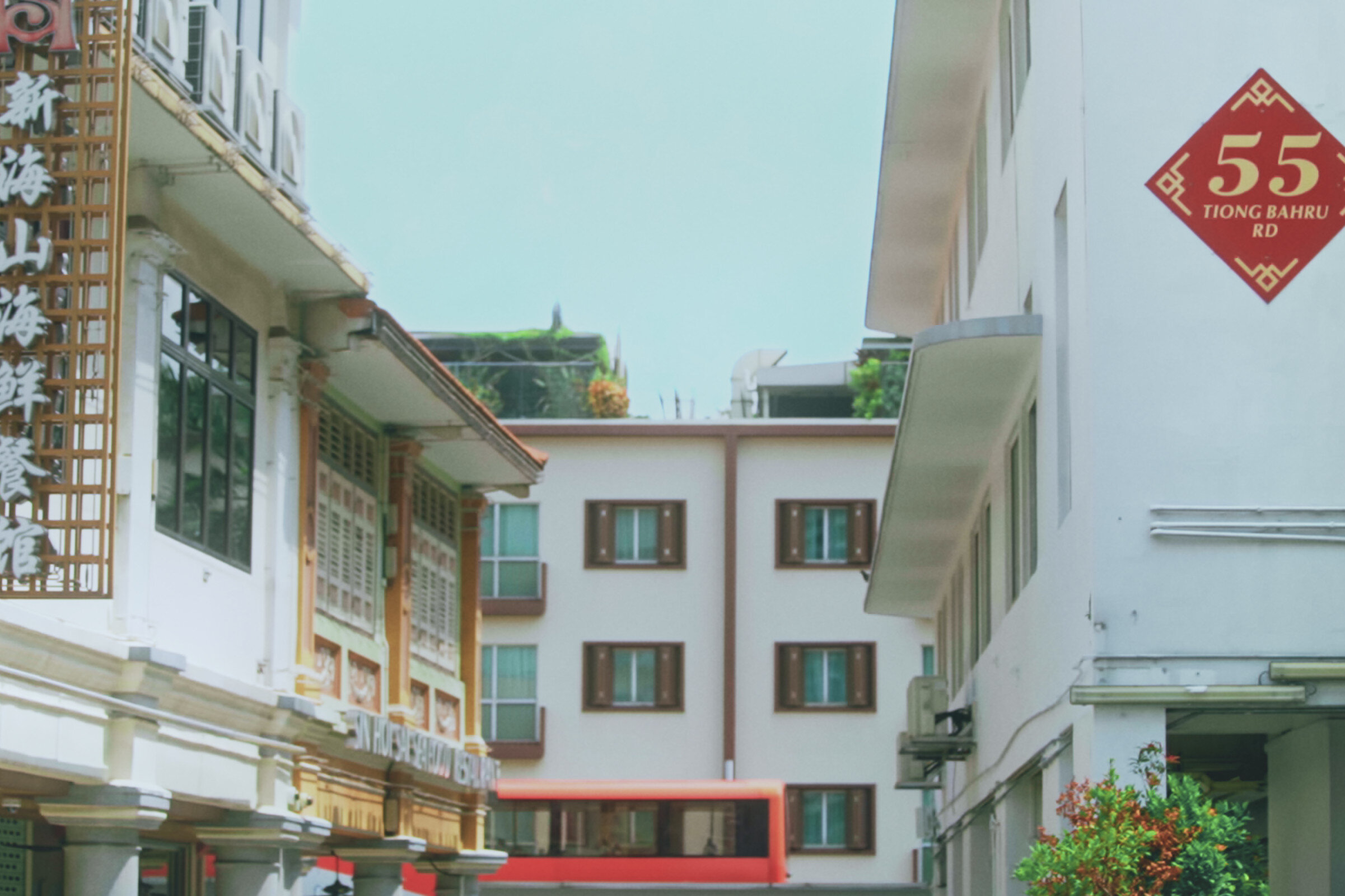
Fun Fact 2: The name of the estate is derived from the Hokkien word “tiong”, meaning “to die” or “in the end”, and the Malay word “bahru”, meaning “new”. When put together, the term “Tiong Bahru” was used by the locals to refer to the “new” cemetery that is now the site of Singapore General Hospital.
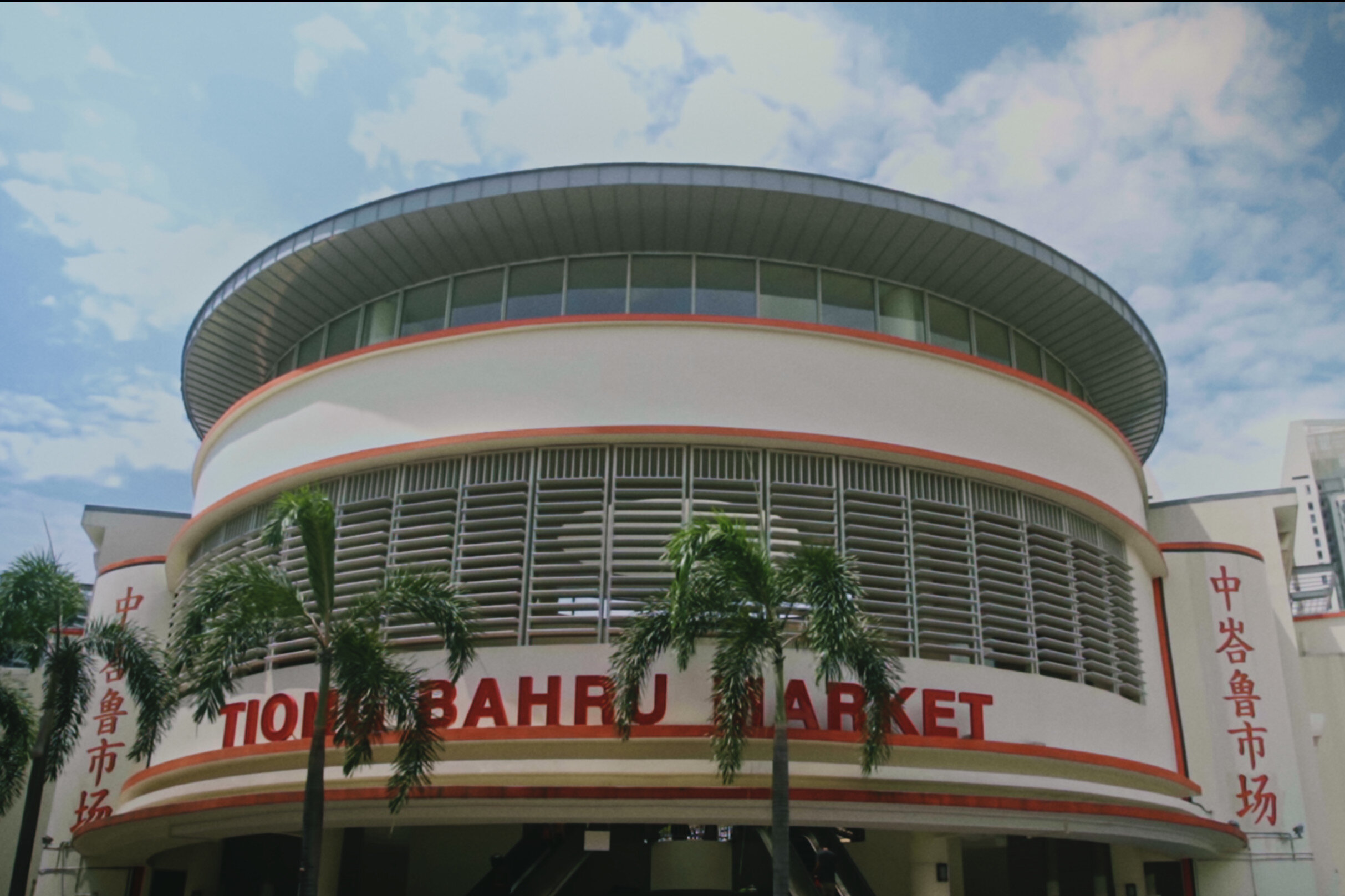
Apart from being used as a burial ground, the area in the early days was used for cultivations and by military personnel. By the 1920s, this young settlement had grown into a village called Kampong Tiong Bahru. | Info source: NLB eResources
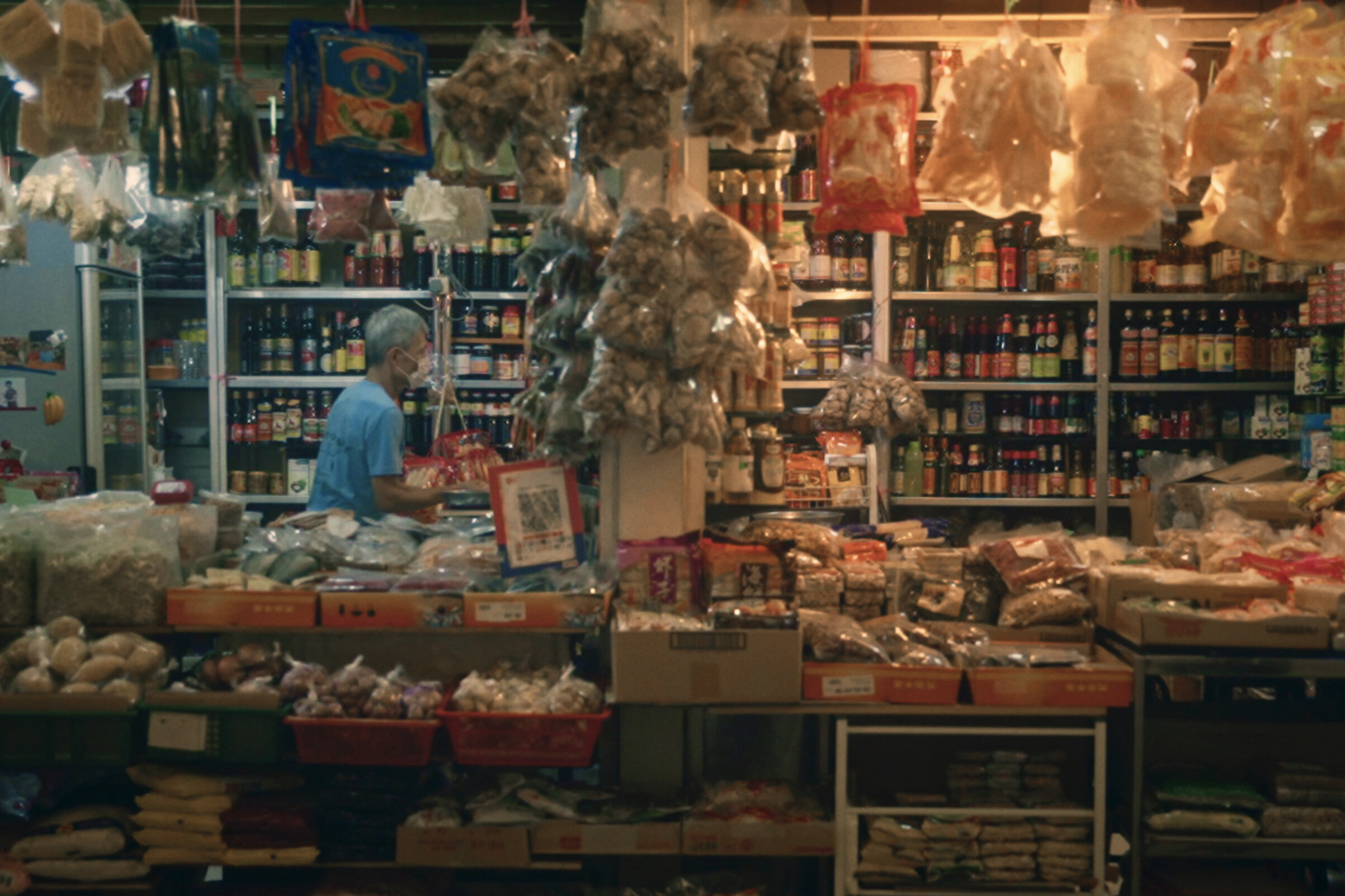
Fun Fact 3: In its early years, Tiong Bahru estate gained the colloquial tag of "mei ren wo" or “den of beauties” or "er nai chun" or “Mistress village” because it housed many mistresses of rich men.
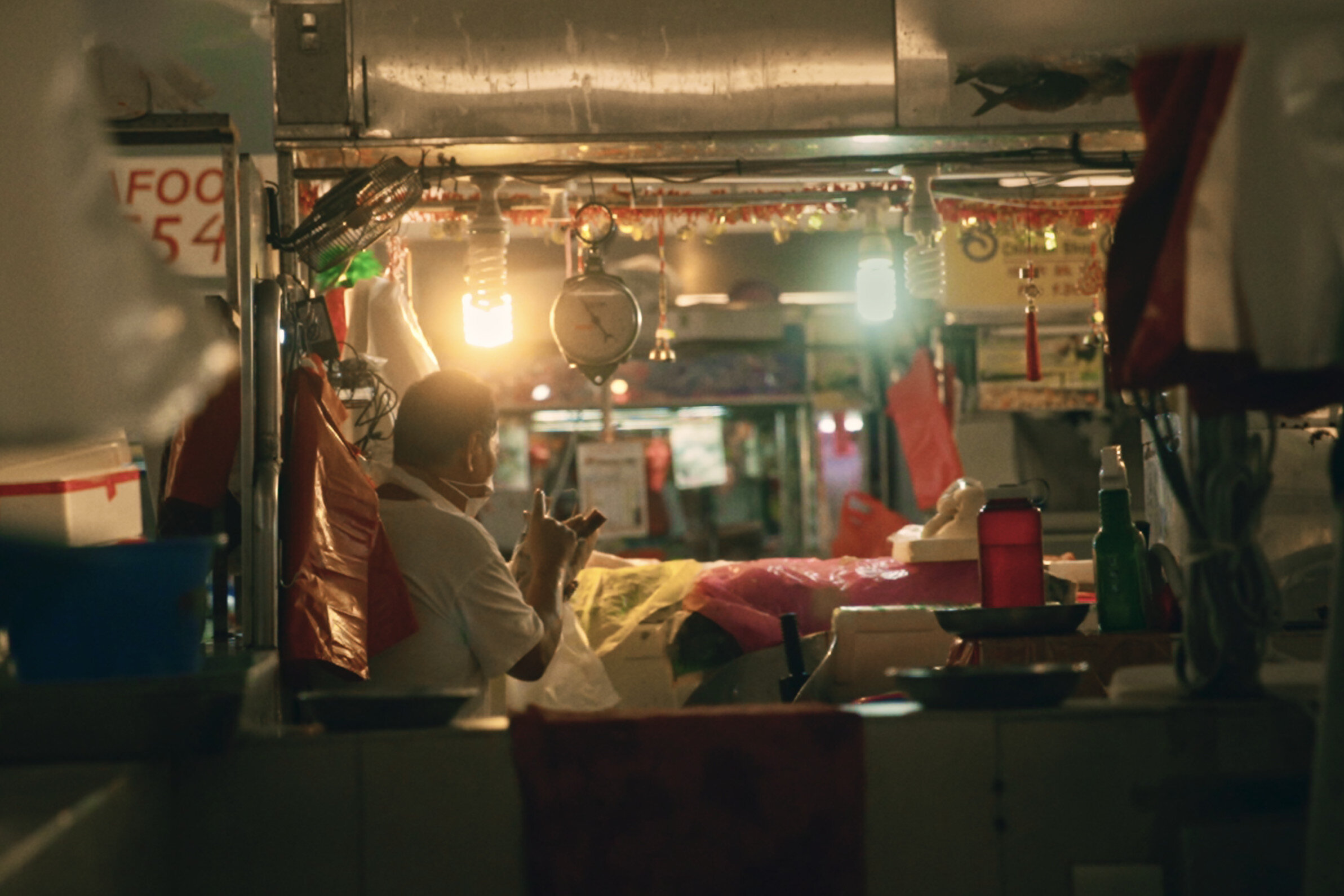
Because of its proximity to the cabarets of Great World Amusement Park at Kim Seng Road, many cabaret dancers and pippa girls – a euphemism for prostitutes – also stayed in Tiong Bahru flats with their "majies" or minders.
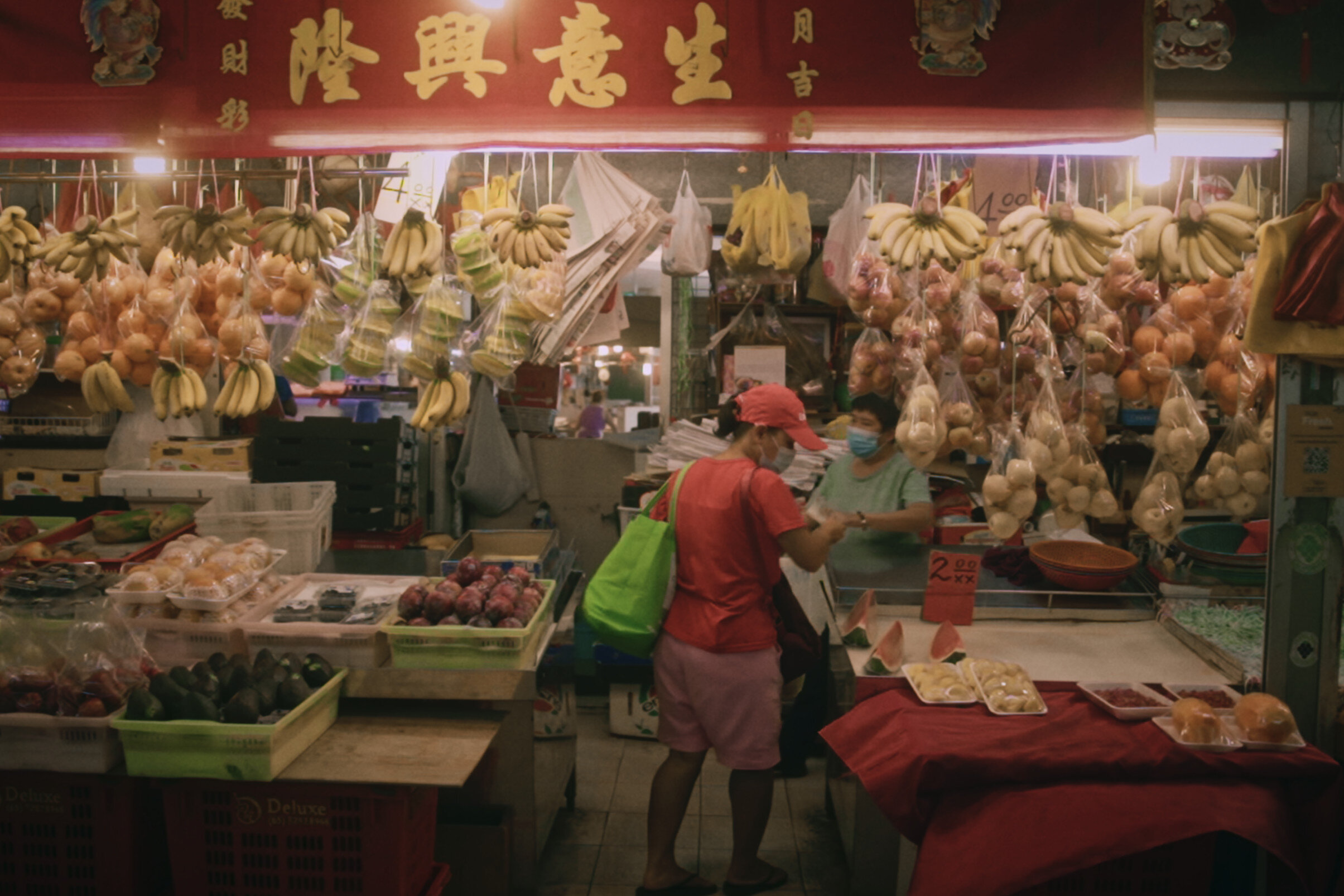
Today, Tiong Bahru is an eclectic mix of retro architecture and indie cafes - a place where the contemporary meets the traditional. | Info source: NLB eResources VisitSingapore
EPISODE 2: “Geylang”

Fun Fact 1: Geylang may be stamped as Singapore's red-light district due to the number of brothels that set up camp here, but there's more to this 'hood than its shady rep.

Despite its scandalous nature, the vibrant neighbourhood beams with the iconic Peranakan shophouses, food and culture at every nook and cranny.
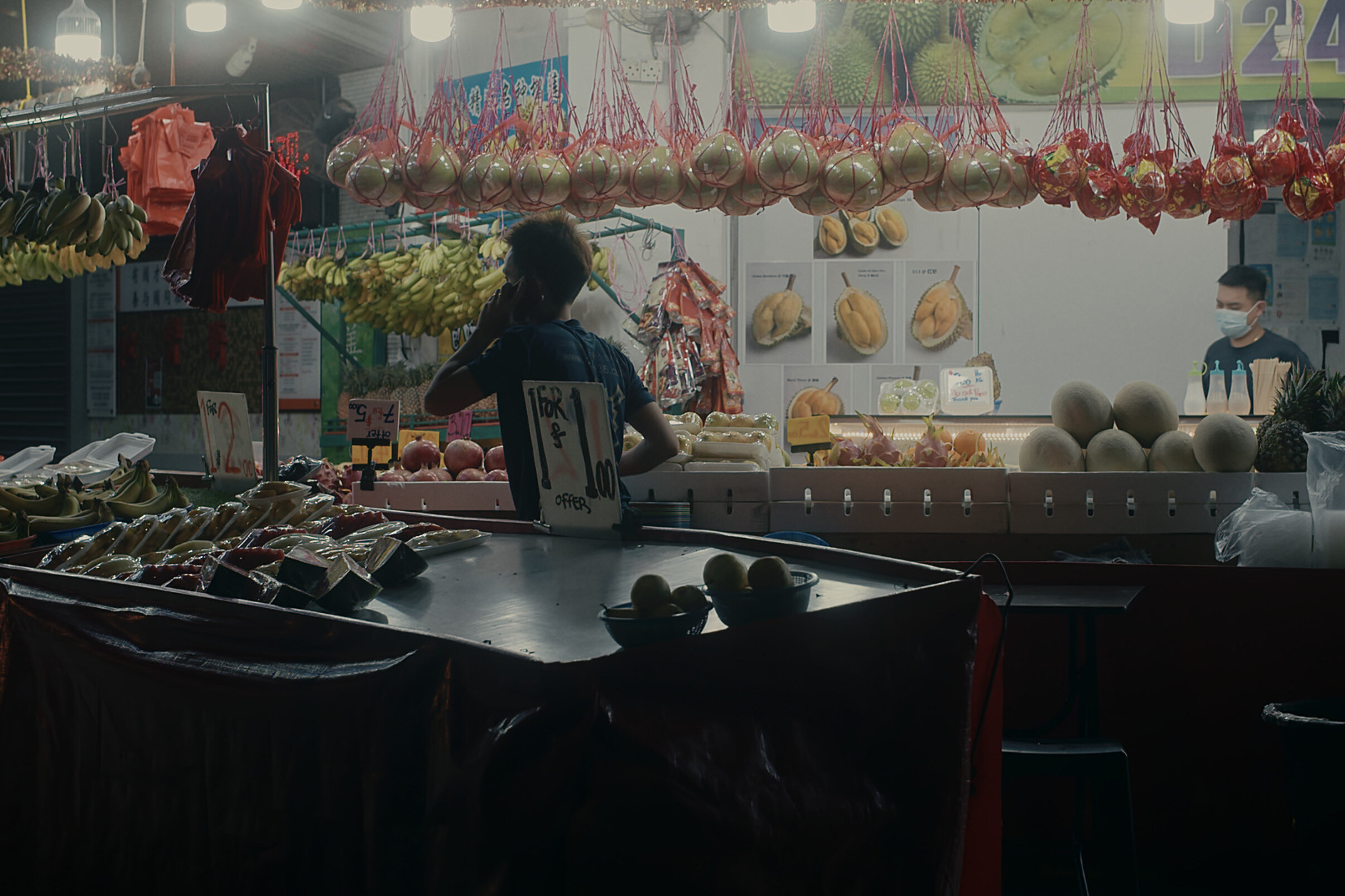
It's home to the King of Fruits – better known as the durian – as well as frog legs porridge and the famous crab bee hoon that had the late Anthony Bourdain coming back for more. | Info source: https://www.timeout.com/sin.../things-to-do/guide-to-geylang
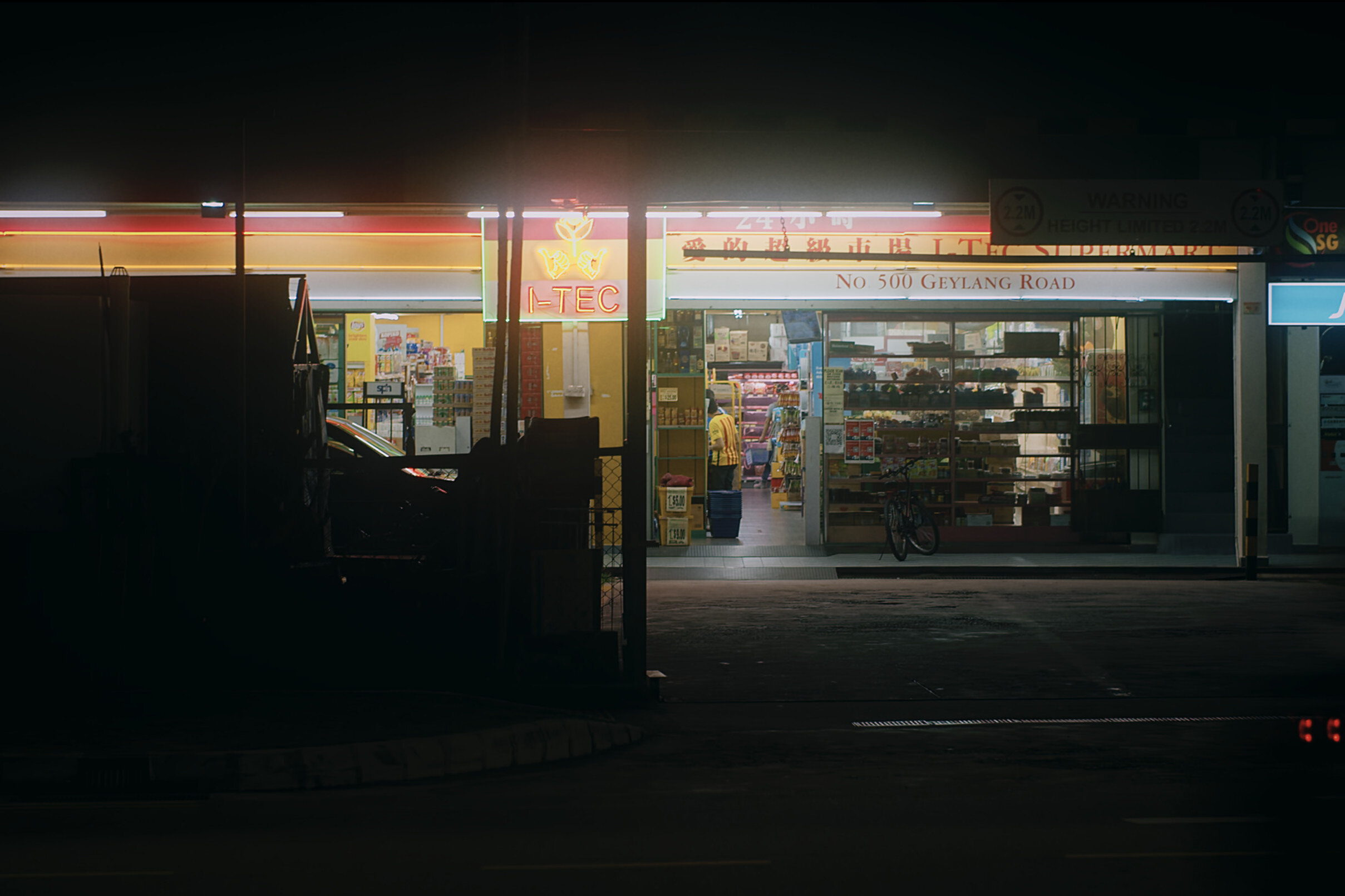
Fun Fact 2: There are a few etymologies for the word ‘Geylang’. The word Geylang is found early in Singapore's history and also in early topographical maps showing marsh and coconut plantations beside and adjacent to the mouth of the Kallang River.

This area was home to the Orang Laut (sea gypsies) called ‘orang biduanda kallang’ who inhabited the area at the time of Raffles' arrival in 1819. The Kallang River is named after them. Geylang may be a corruption of the word ‘Kallang’.
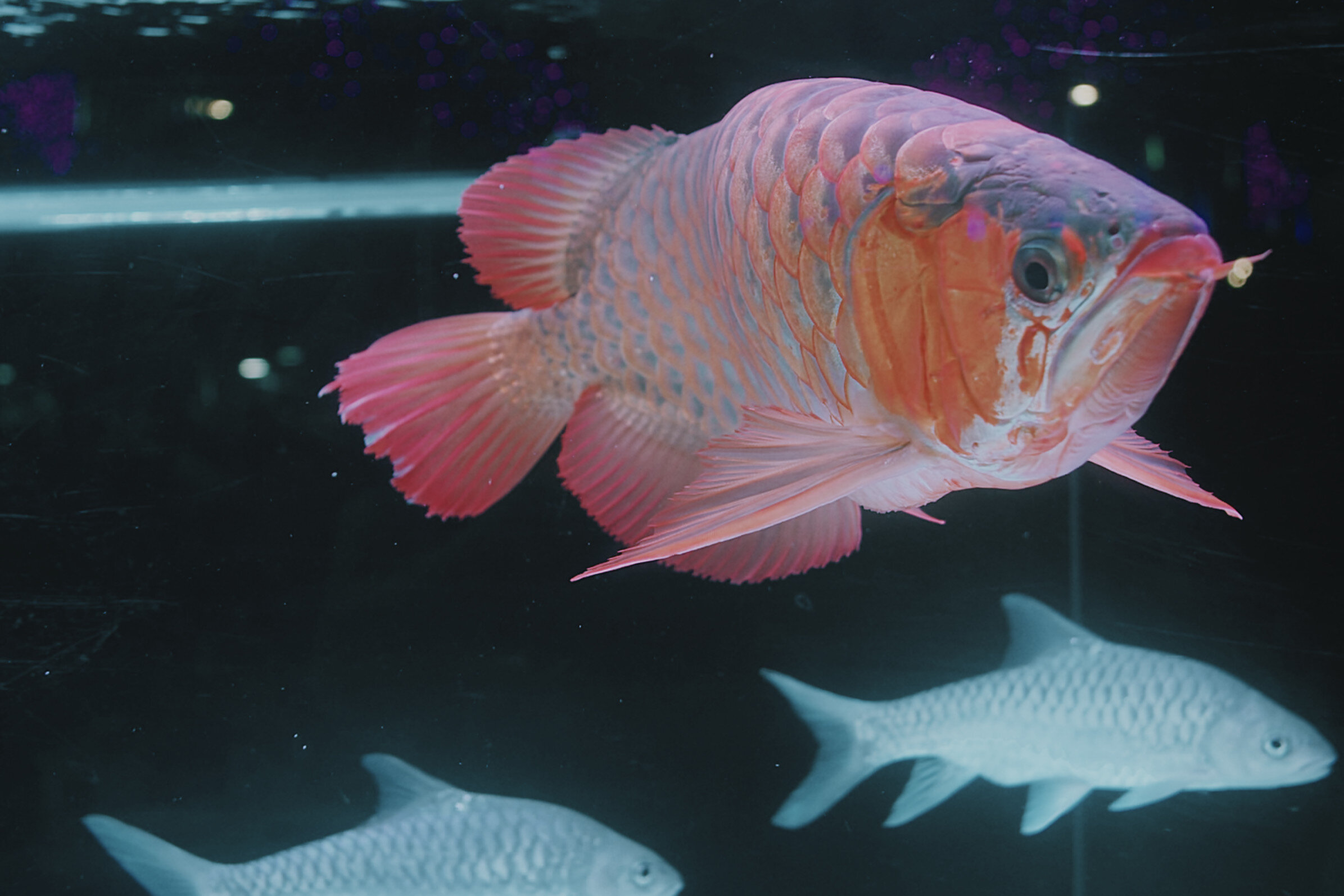
In early maps, there are mentions of Gaylang village and Pulo Gelang (Geylang Island), which vanished with the land-fills and reclamation of the Kallang Basin. The 1849 map also shows the presence of a large coconut plantation.

Some suggest that Geylang is a corruption of the Malay word kilang, meaning press, mill or factory. This could be a reference to the presses and mills in the coconut plantations in the area used to produce oil from copra (dried coconut flesh).

Another possible etymological link in the stock vocabulary of the Malay is geylanggan meaning to "twist" or "crush" a reference to the process of extracting the coconut meat and milk used by the locals to thicken curries in Malay-Chinese (Peranakan) cuisine. | Info source: NLB | eResources
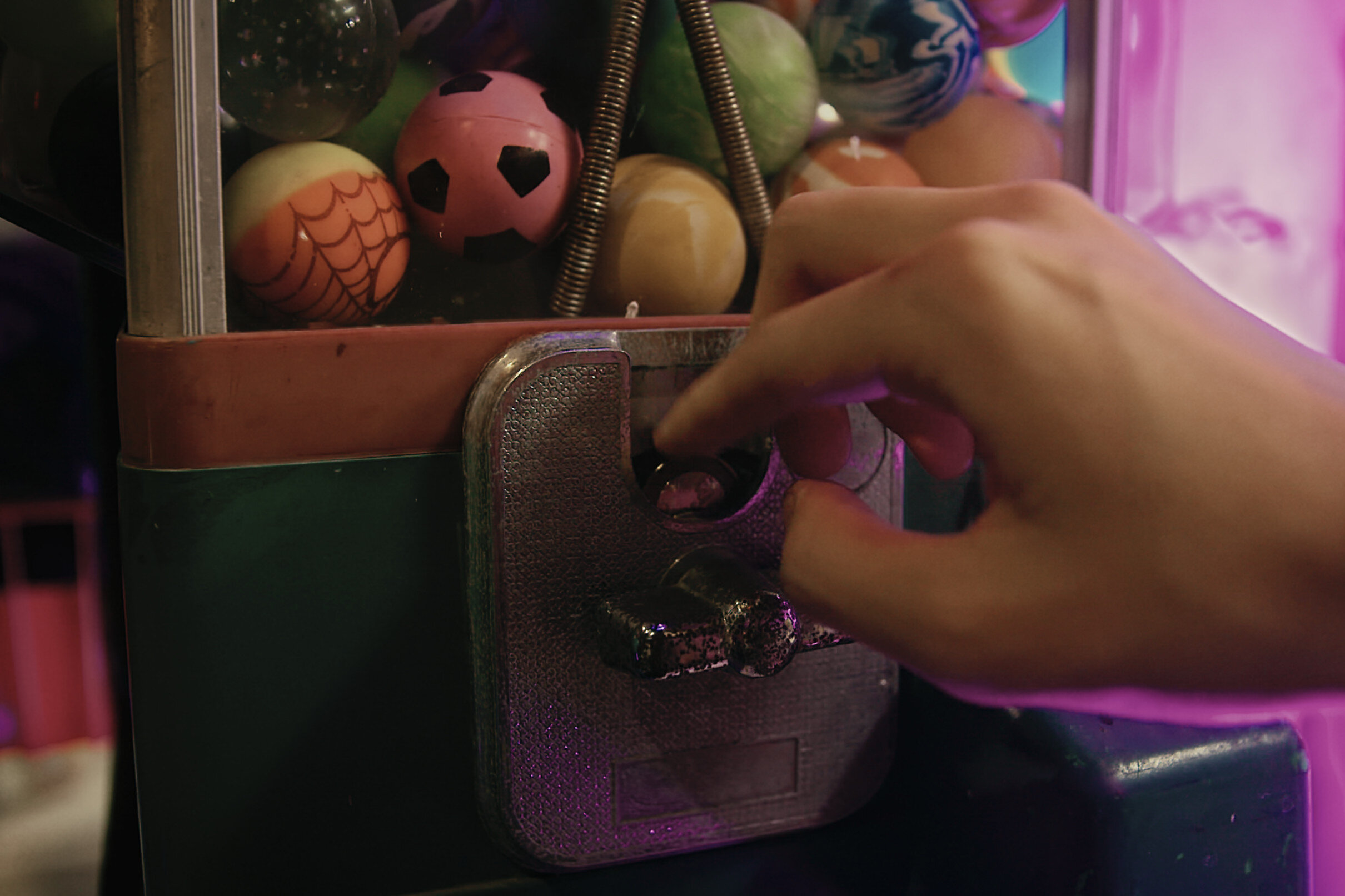
Fun Fact 3: The Geylang area is composed of north and south sections that are divided by Geylang Road which stretches for about three kilometres. Throughout the length of Geylang Road, there are lanes (or "lorongs" in the local Malay language) that extend perpendicularly from the main road.

The lanes in the north are given odd numbered names (i.e. Lorong 1, Lorong 3, Lorong 5 and so on), and the lanes in the south are given even numbered names (i.e. Lorong 2, Lorong 4, Lorong 6 and so on).
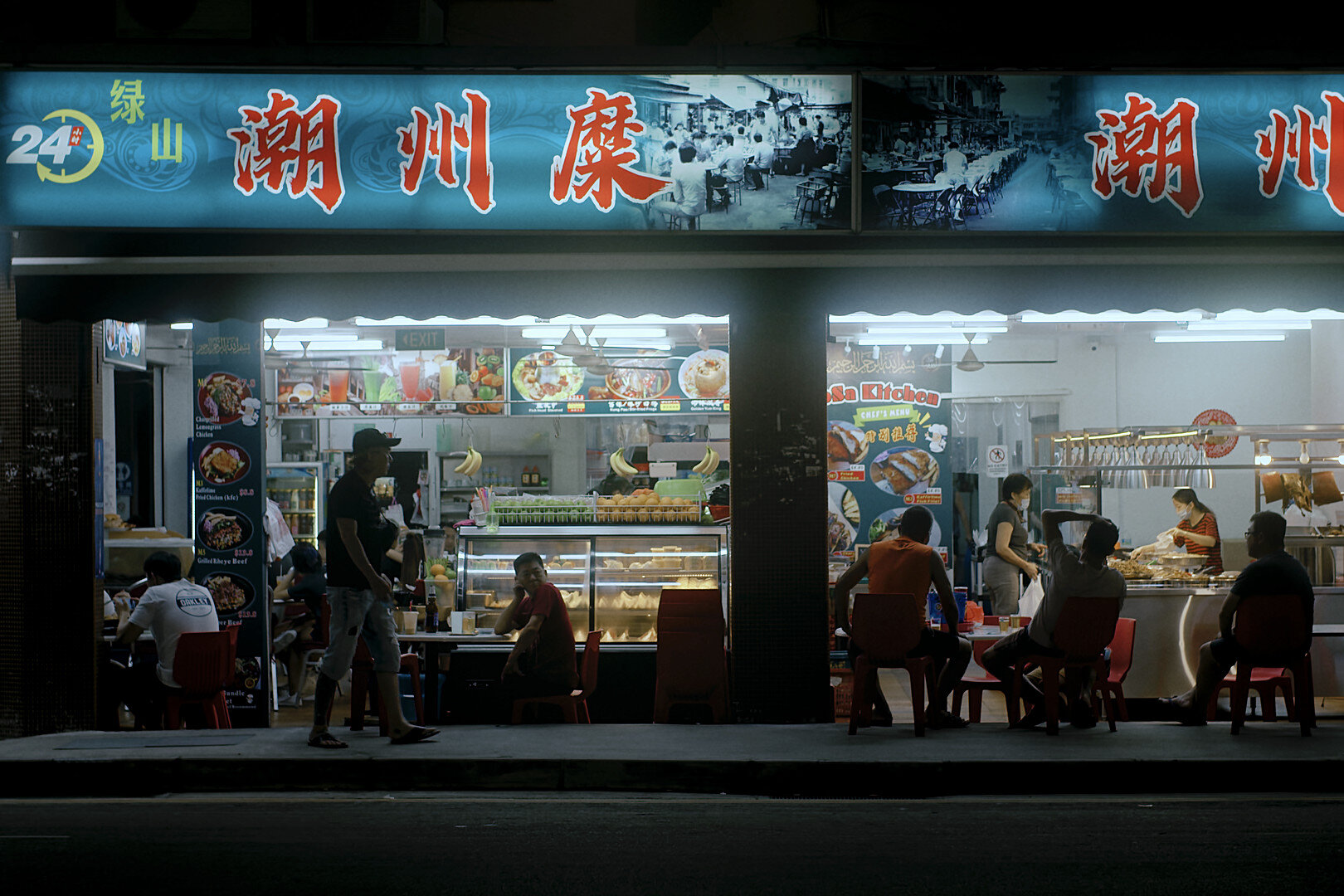
Some taxi drivers might tell you that one side of Geylang is for ‘good food’, and the other side of Geylang is for a ‘good time’. . Info source: Wikipedia | Geylang
EPISODE 3: “toa payoh”
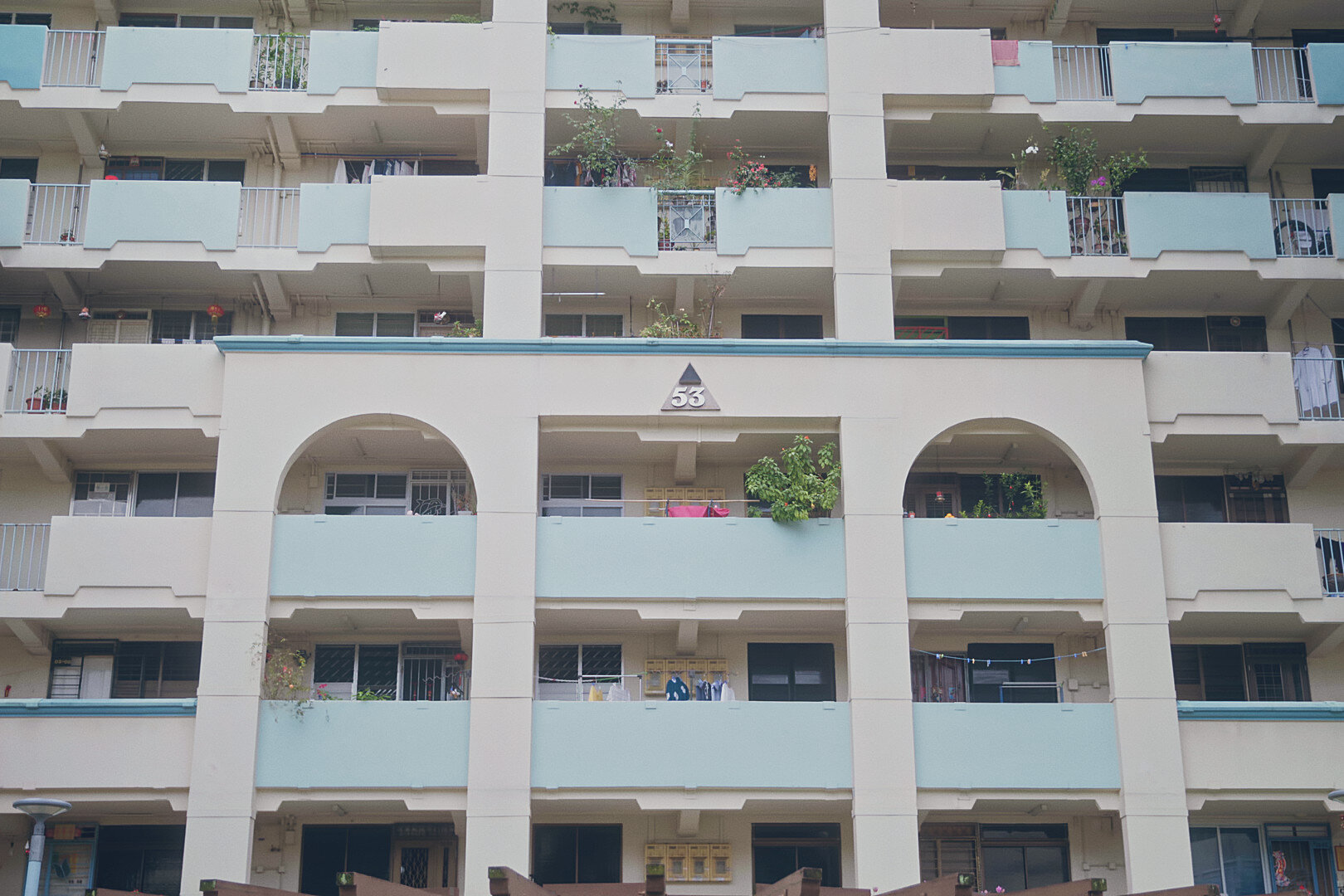
Fun Fact 1: Toa Payoh New Town is Singapore's second oldest satellite town and the first to be built by the Housing and Development Board after the development of Queenstown by the Singapore Improvement Trust in the late 1950s.
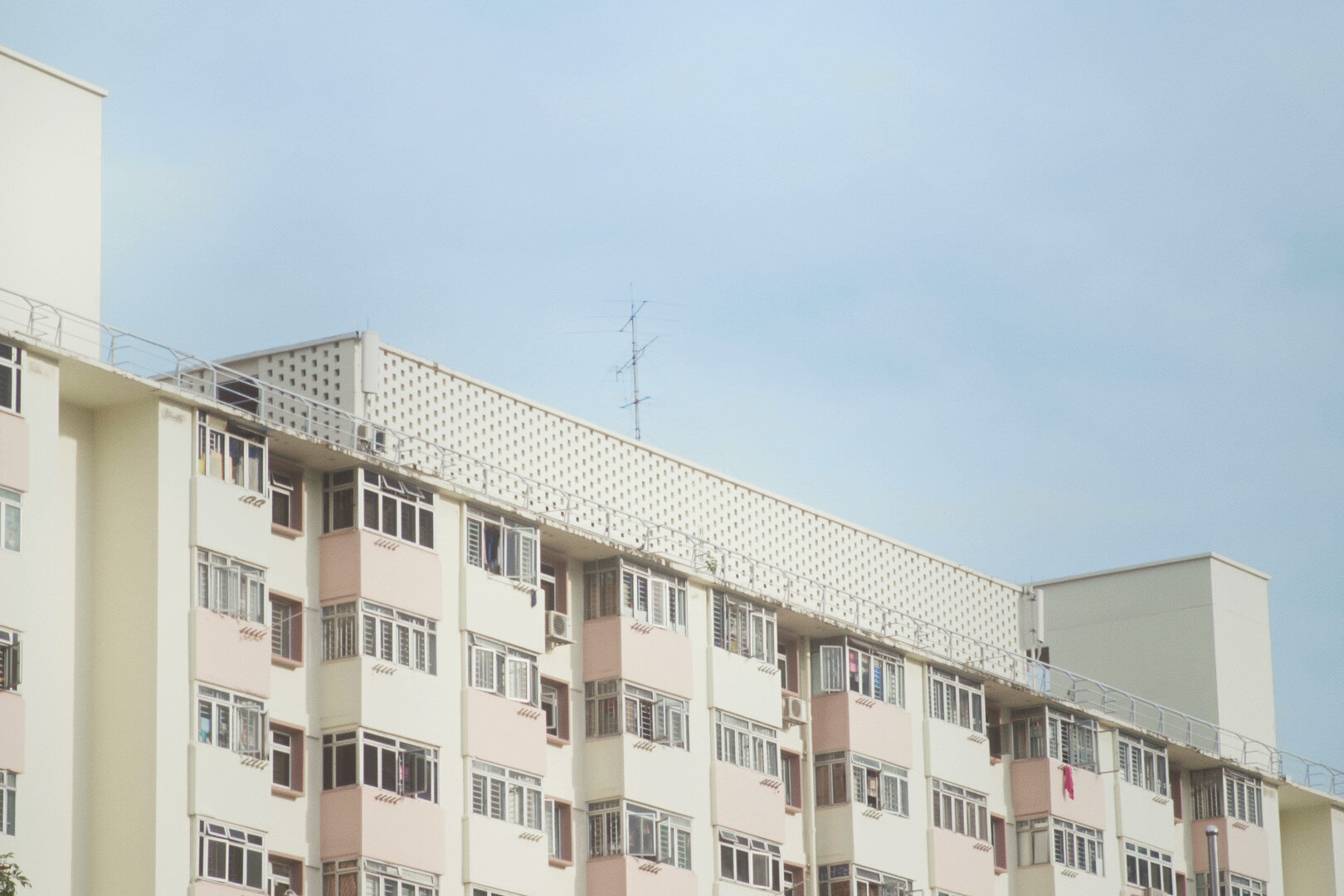
The list of Singapore ‘firsts’ pioneered in Toa Payoh is a long one: first Residents’ Association (a ground-up effort that preceded the Residents’ Committees of today), first town to employ the neighbourhood police post system, (...)

first cooperative supermarket in Singapore (NTUC Welcome, the forerunner of today’s NTUC Fairprice), first Mass Rapid Transit (MRT) station to be built and first mosque to be constructed under the Mosque Building Fund (MBF). | Info source: Wikipedia / Toa Payoh | NHB Toa Payoh Heritage Trail
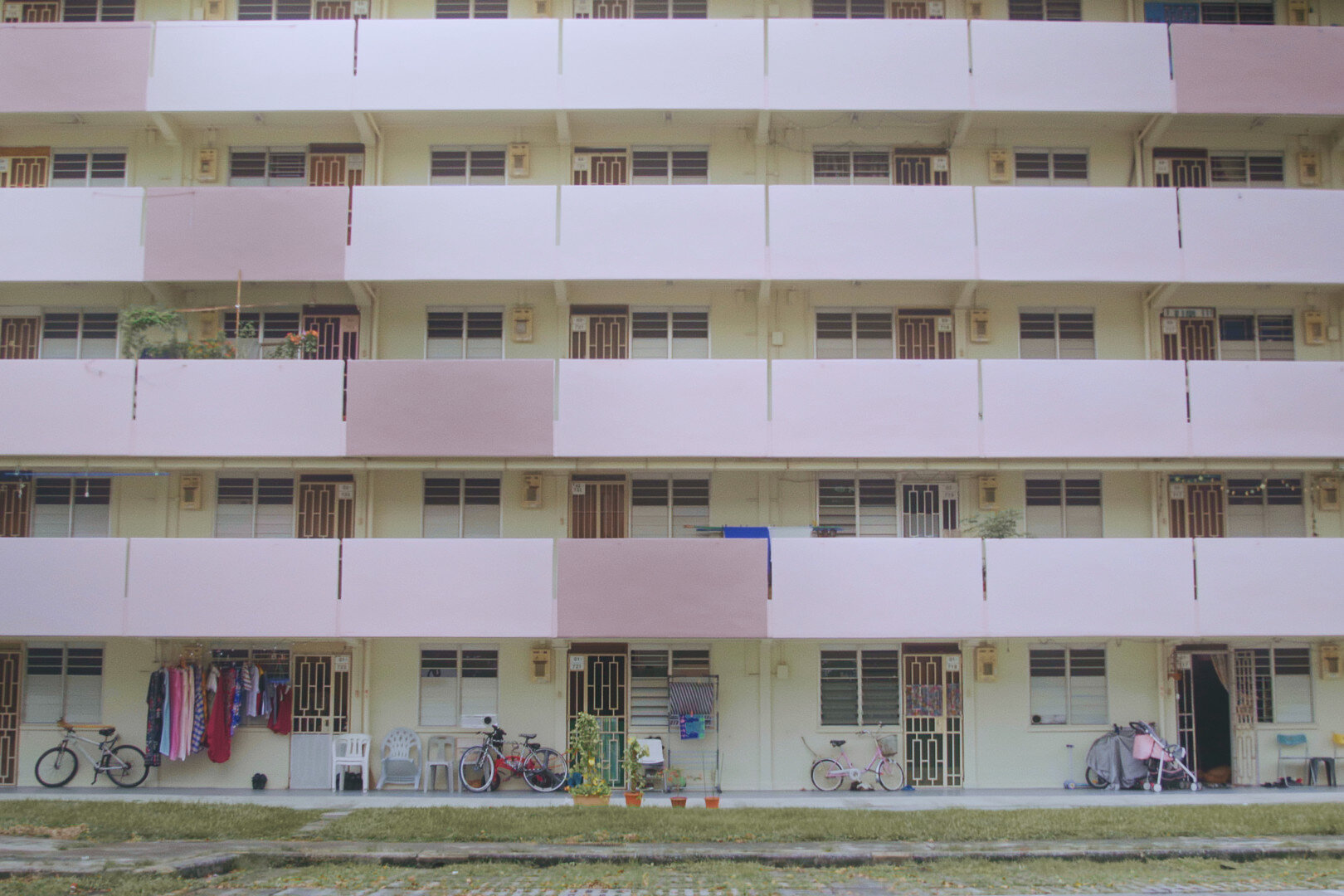

Fun Fact 2: Toa Payoh, in Hokkien, translates as "big swamp" (with "Toa" meaning "big" and "Payoh" meaning "swamp"). The Malay word for swamp is paya. It is the Chinese equivalent of Paya Lebar, which translates to, big swamp land.
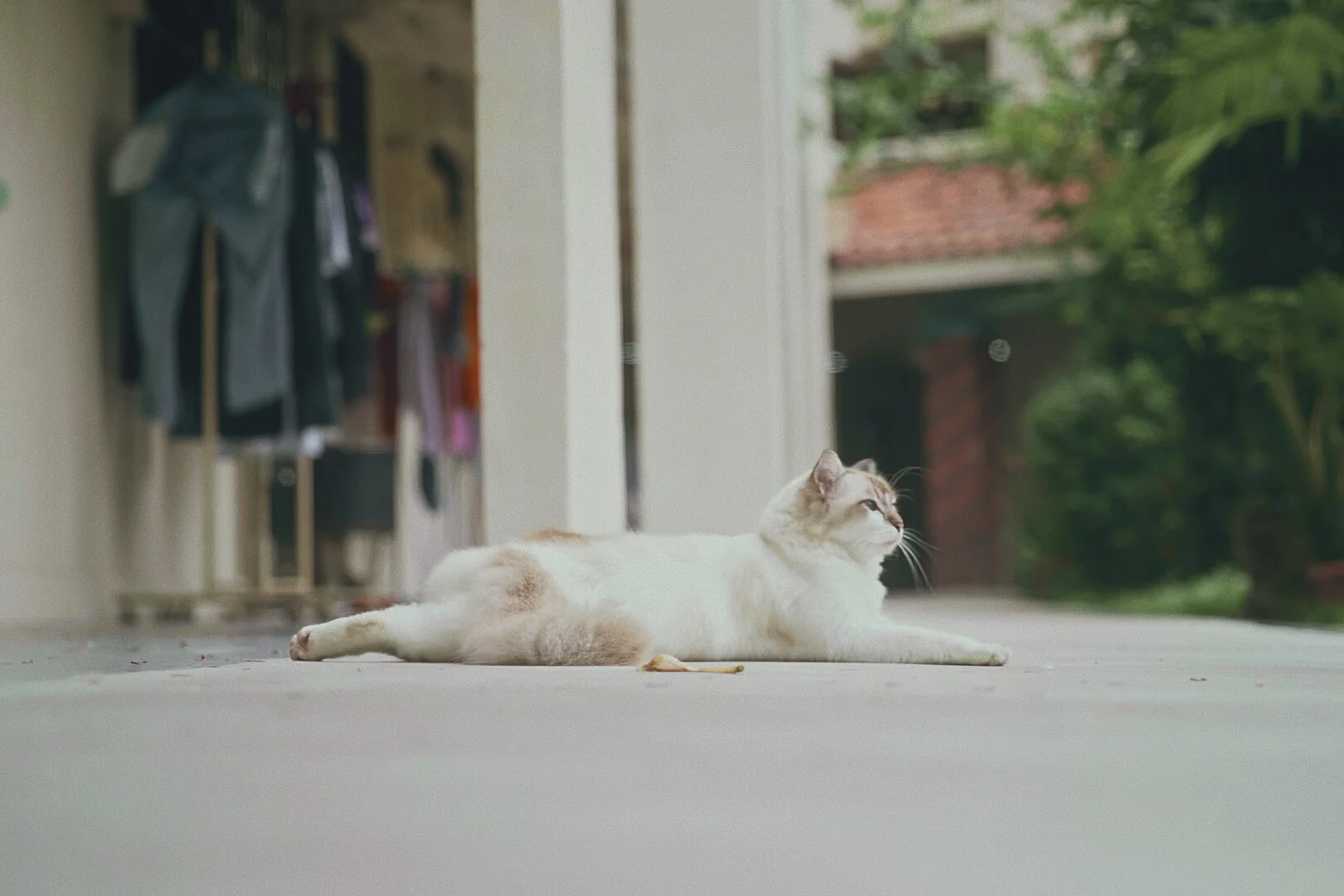
Toa Payoh's old Chinese name was known as Ang Chiang San (alternatively An Xiang Shan) or "Burial Hill". The area was called as such because of the presence of an old cemetery located in the area.

John Turnbull Thomson, a government surveyor, refers to Toa Payoh in his 1849 agricultural report as Toah Pyoh Lye and Toah Pyoh.
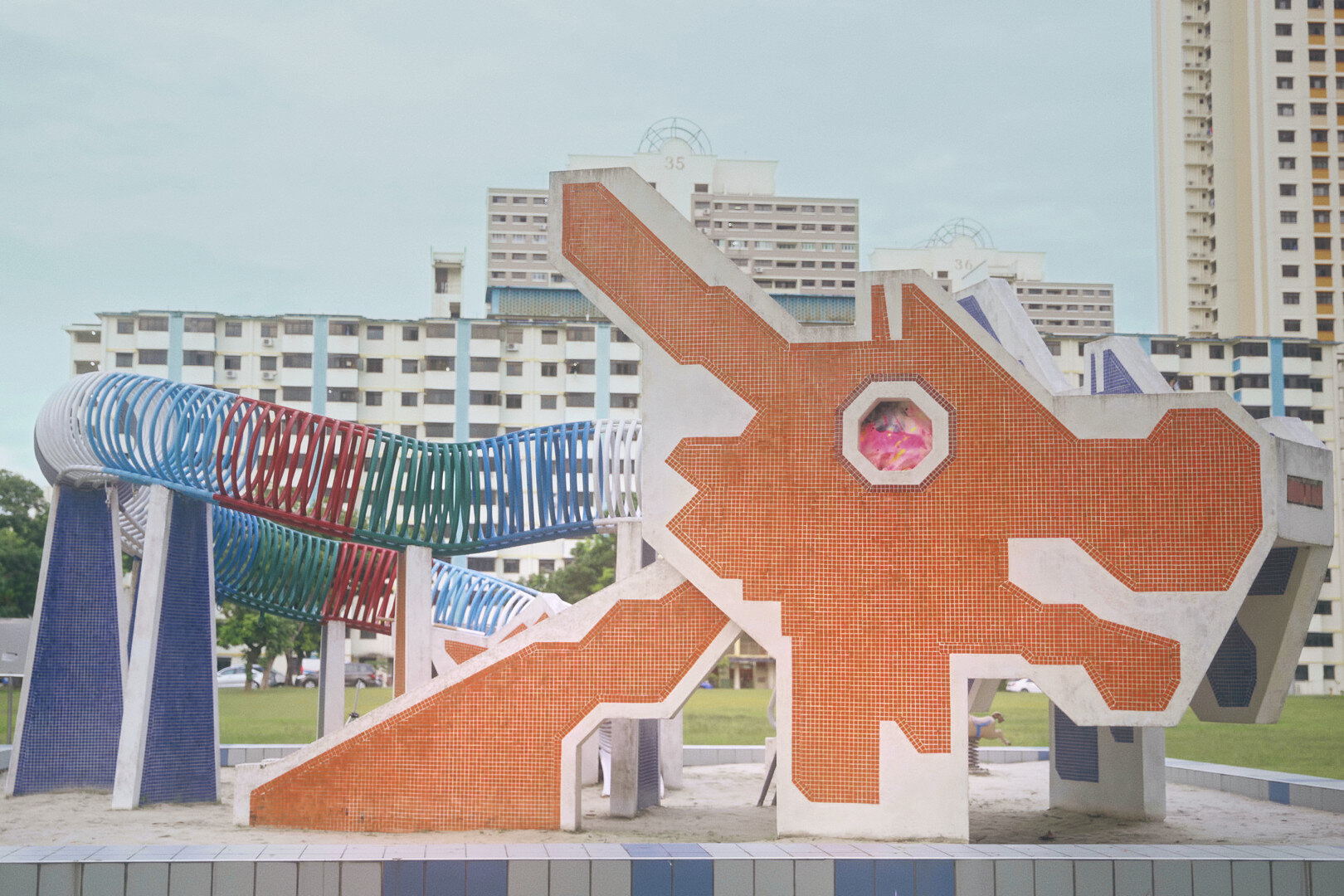
Unique to the rest to the housing estates in Singapore, roads in Toa Payoh are given Malay street suffixes, (i.e.: "Jalan Toa Payoh", "Lorong Satu Toa Payoh") as when the town was conceived, Singapore was a state of Malaysia at that time. | Info source: Wikipedia / Toa Payoh

Fun Fact 3: Toa Payoh was once an extensive and notorious squatter district. Most squatters were engaged in farming and rearing pigs. The others were hawkers, factory workers, mechanics or domestic helpers.

The squatters started moving out in 1962 as a result of increased compensation rates and other practical inducements offered by the Government. Clearance work was able to commence and the redevelopment started in early 1964.

Throughout the 1960s up till the beginning of the 1980s, the town, much like Geylang today, was infamous for its vice, being home to some of Singapore's largest crime syndicates and gangs.

Secret societies carved out their turfs across Toa Payoh, and remained embedded in the area well after its development as a new town in the 1960s and 1970s. While Toa Payoh remained a rural district, secret societies had plenty of latitude for gang hideouts and crude distilleries, turning out strong moonshine (illegally distilled liquor) that left knees weak and bellies swelling.

Clashes between groups and even between factions within each gang, were part of life in the area. Such was the lawlessness and presence of organised crime that Toa Payoh was known as the ‘Chicago of the East’ or ‘Chicago of Singapore’, a notoriety that remained into the 1970s. | Info source: Wikipedia / Toa Payoh | NHB Toa Payoh Heritage Trail
EPISODE 4: “Sungei Buloh”

Fun Fact 1: Sungei Buloh is Singapore’s first wetland nature reserve. It was officially opened on 6 December 1993 as the Sungei Buloh Nature Park, and gazetted as a nature reserve on 1 January 2002.

Located at 301 Neo Tiew Crescent, the SBWR presently spans 202 ha of mangrove swamp, mudflats, ponds and rainforest along the northwestern shore of Singapore, providing a range of habitats for a wide diversity of flora and fauna.

Every year, thousands of migratory birds visit the wetland reserve, which is situated along their migratory path from the northern hemisphere, to roost and feed.

The SBWR is a haven for migratory birds such as sandpipers, plovers and egrets that journey from their breeding grounds in Russia, Mongolia, northern China, Japan and Korea every winter in search of warmer climates and better feeding opportunities in the southern hemisphere. Over 200 species of birds have been recorded at SBWR, about half of which are migratory birds.

Apart from its seasonal visitors, the SBWR is also home to resident birds such as herons and kingfishers, not to mention a diverse range of wildlife that can be found all-year round such as mudskippers, tree-climbing crabs, spiders, monitor lizards, otters, wild boars and crocodiles. Fifty-three species of native mangrove flora, which makes up 85 percent of extant species in Singapore, can be found in the SBWR. | Info source: NLB eResources
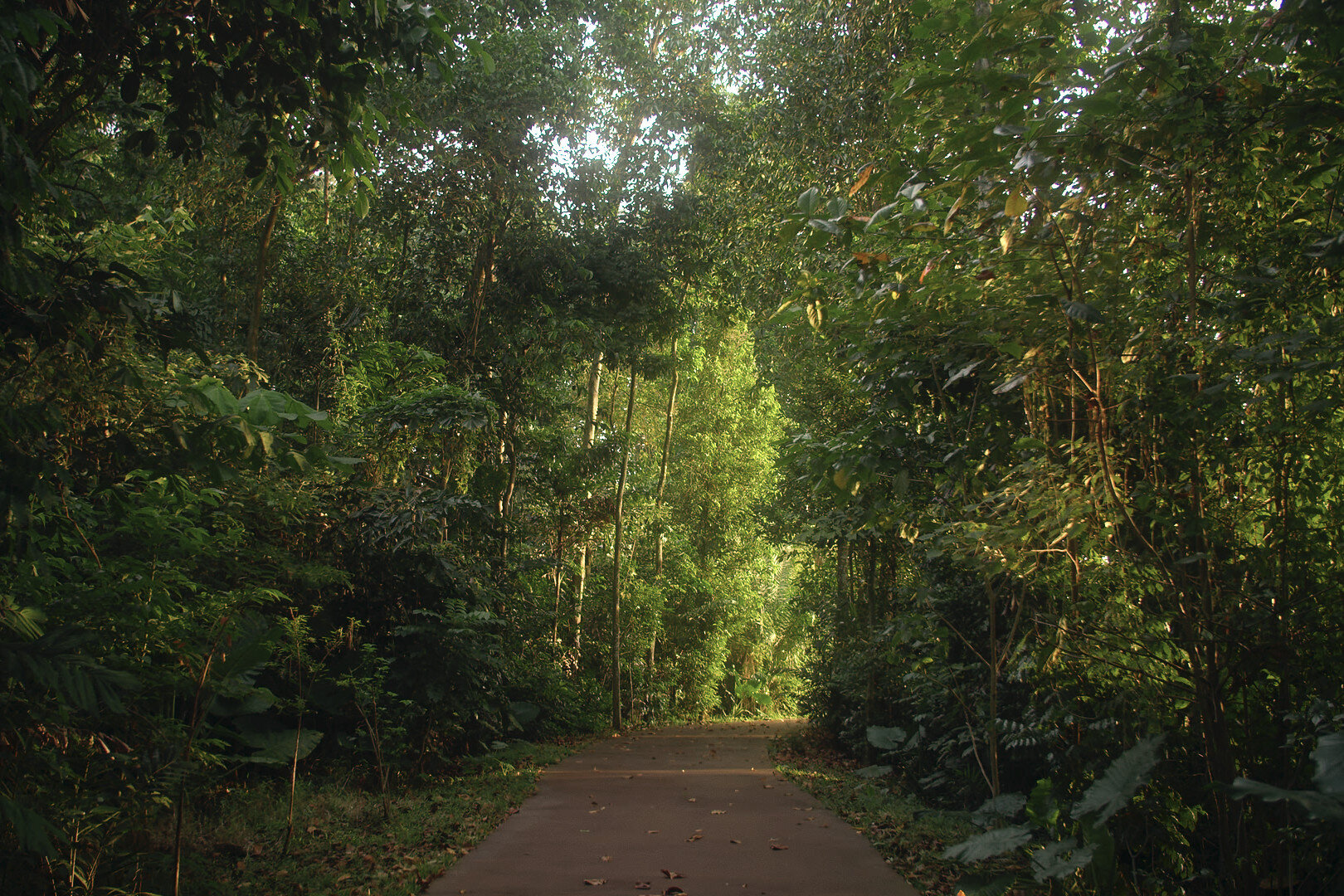
Fun Fact 2: The Sungei Buloh area, comprising some 457 ha of mangrove swamp, was designated a forest reserve as early as 1890. It held this status until 1938, after which it was gradually developed for farming use.

The area was also ideal for prawn farming due to the rich organic nutrients present in the waterlogged and muddy mangrove swamps. By the mid-1980s, these mangroves had mostly been cleared for prawn ponds, and the whole area was slated for eventual development into intensive agro-farms.

Ponds were dug for farming freshwater fish and the land was used to grow vegetables and cash crops such as rubber and coconut, as well as the rearing of ducks, chickens and pigs.

In 1986, birdwatcher Richard Hale saw flocks of waders flying from the Strait of Johor towards Sungei Buloh. He later met with ornithologist Christopher Hails, who was working with the Parks and Recreation Board, as well as some members of the Malayan Nature Society. Together, they put forth a proposal in December 1987 for the creation of a nature reserve in Sungei Buloh.
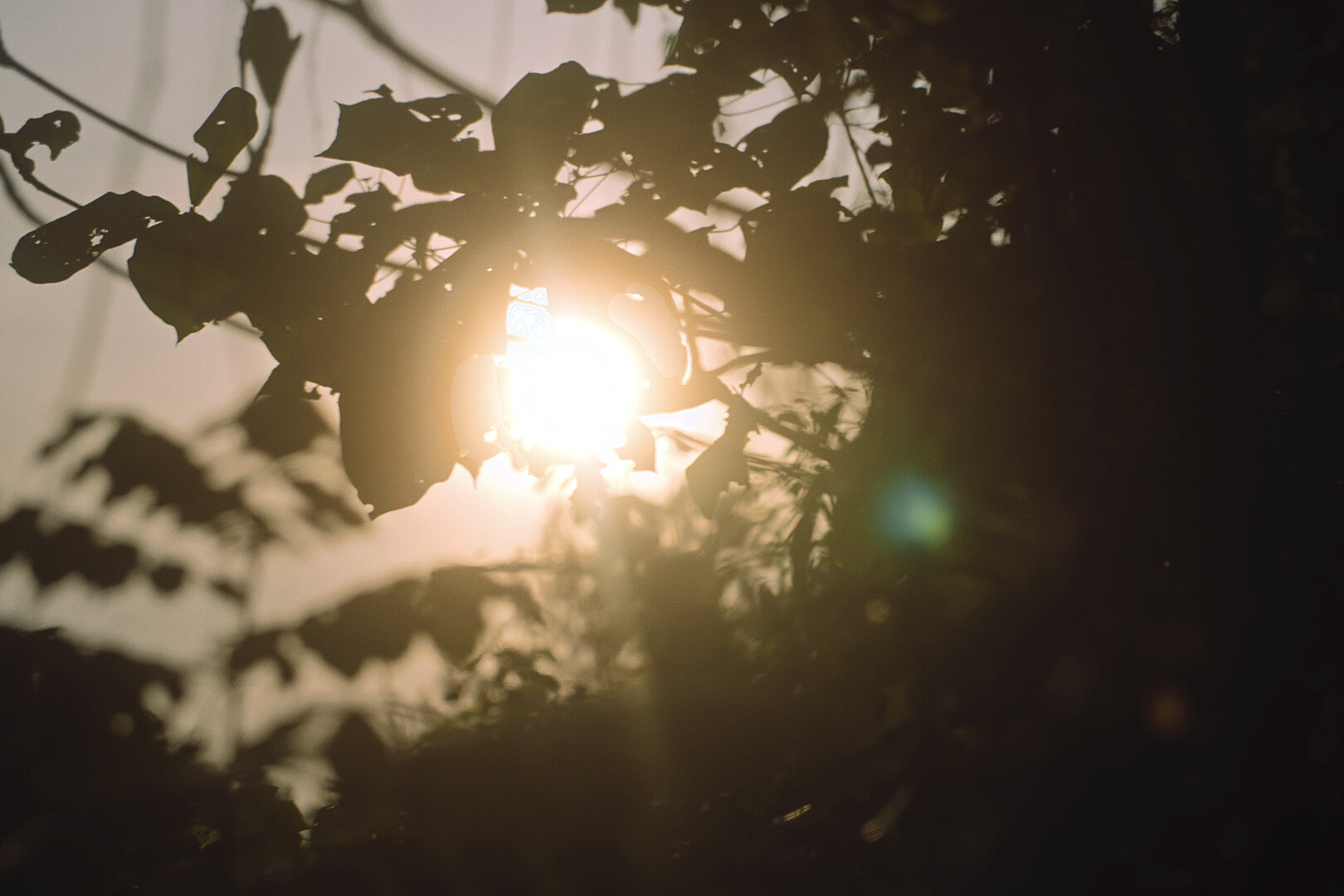
An illustrated pamphlet detailing the richness of the birdlife at Sungei Buloh was prepared along with the proposal and distributed to government officials – ministers, permanent secretaries and members of parliament – other organisations and members of the public. Subsequently, President Wee Kim Wee, among other government officials, agreed to visit the site.

On 8 April 1988, it was announced that 85 ha in Sungei Buloh would be set aside for a bird sanctuary. This concession from the government was seen as a milestone in the development of nature conservation in Singapore, as it was the first time Singapore had set aside land for nature conservation since its independence. . Info source: NLB eResources

Fun Fact 3: Creatures of the Mudflat

Giant Mudskippers: These amazingly well-camouflaged creatures can be easily missed if you are not looking for them. Sometimes, they skip right out of the water. These amphibious creatures are actually fishes. They stay out of the water most of the time as they are able to breathe through their skin but they need to keep their skin moist by rolling in water.

Estuarine Crocodile: Up to 8 metres long. It has a large triangular head with a broad and long snout and bulbous eyes. It uses its long muscular tail to propel itself in the water. Sometimes, mistaken for the Malayan Water Monitor Lizard, the crocodile swims in a similar way. It may also sink into the murky water and emerge some distance away. Sometimes, all that sticks out above water are the crocodile's eyes and the tip of its long snout.

Malayan Water Monitor Lizards: They are often seen basking in the sun. In the water, they look like crocodiles although they are rather harmless. In fact, they are quite shy and will scurry away from your path when you encounter them. These are scavengers and will hunt for small animals like crabs, fish, insects and even small chicks.
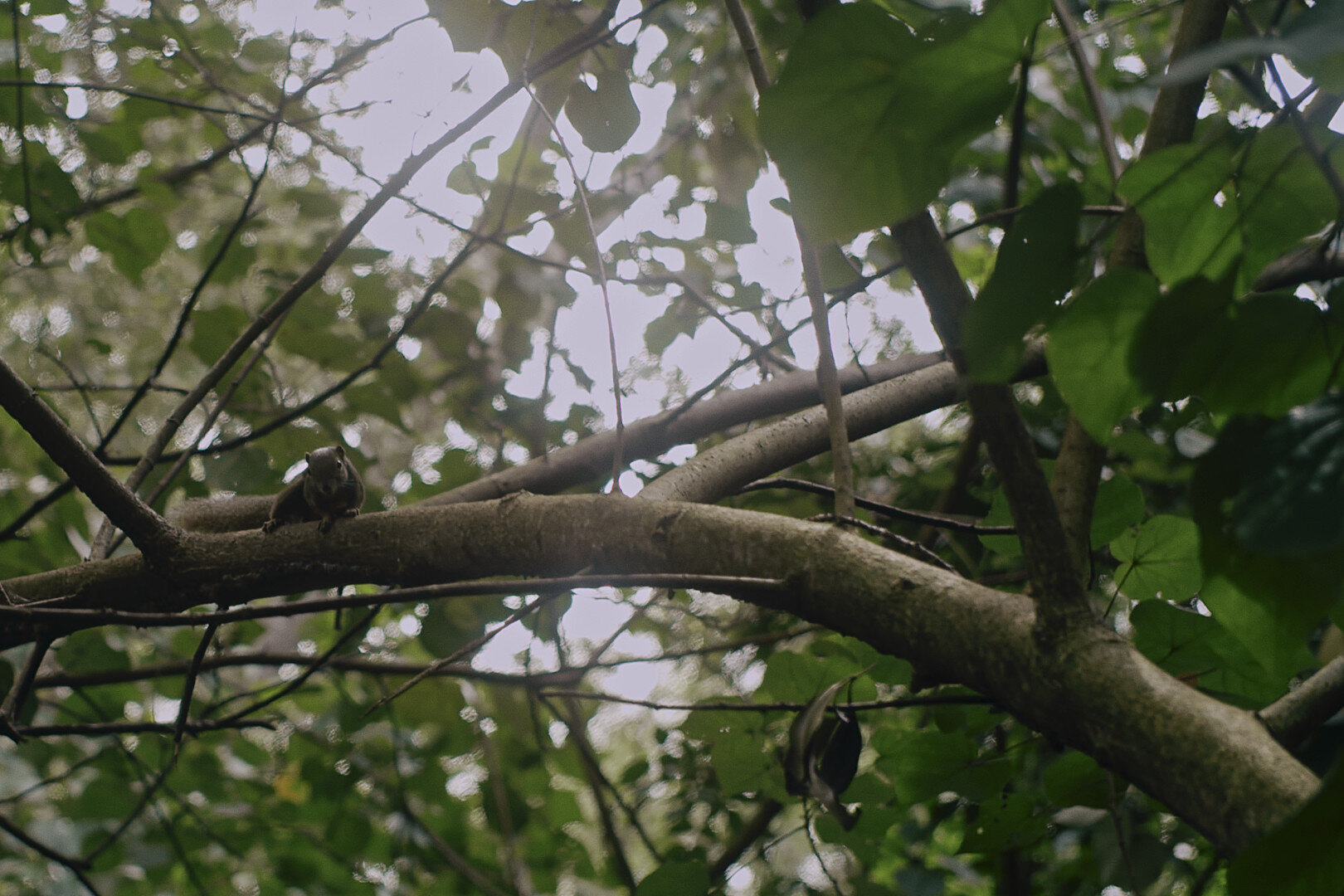
According to National Parks Board (NParks) , here is what you should do if you encounter a crocodile: - Stay calm and back away slowly.
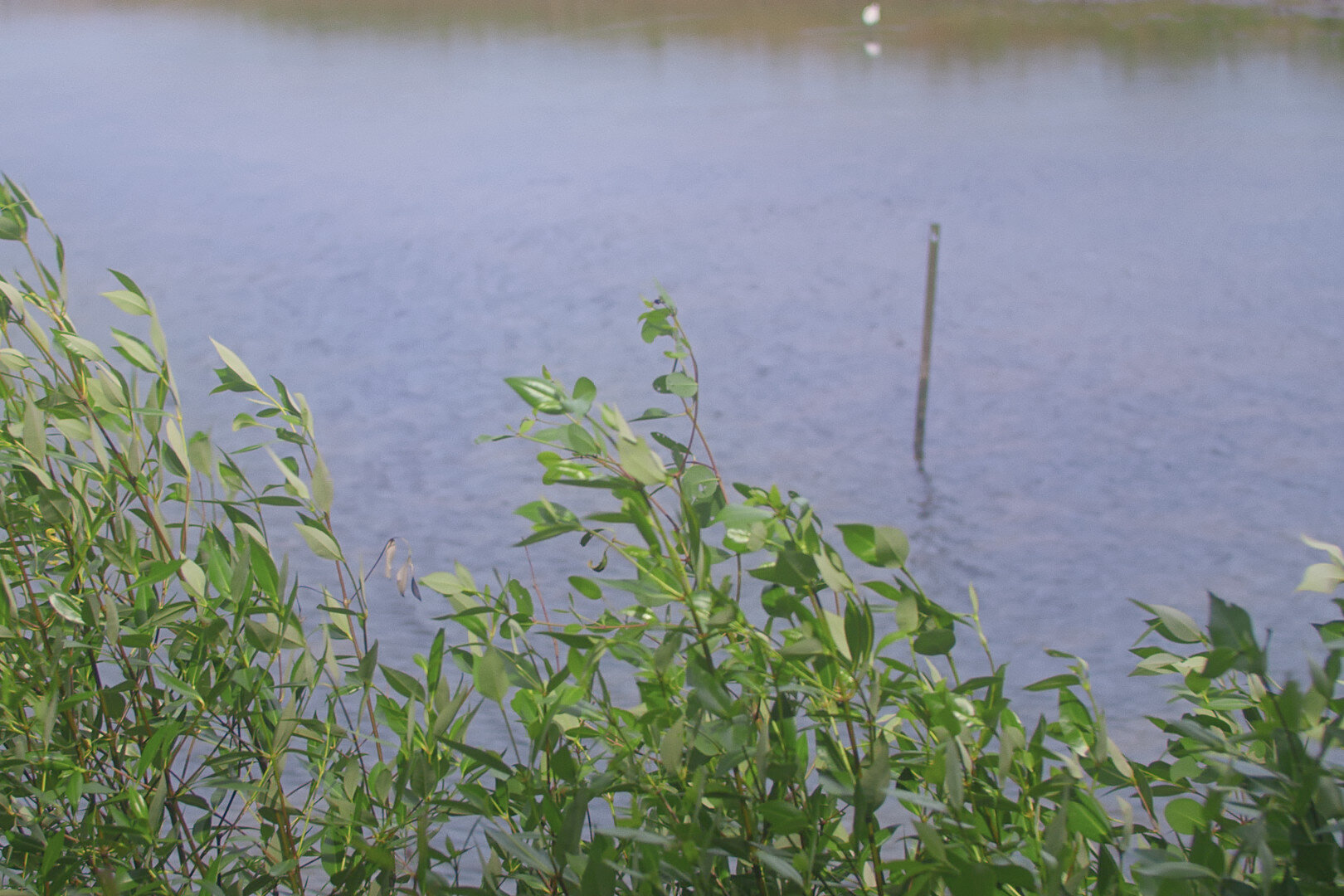
- Do not approach, provoke or feed the animal.
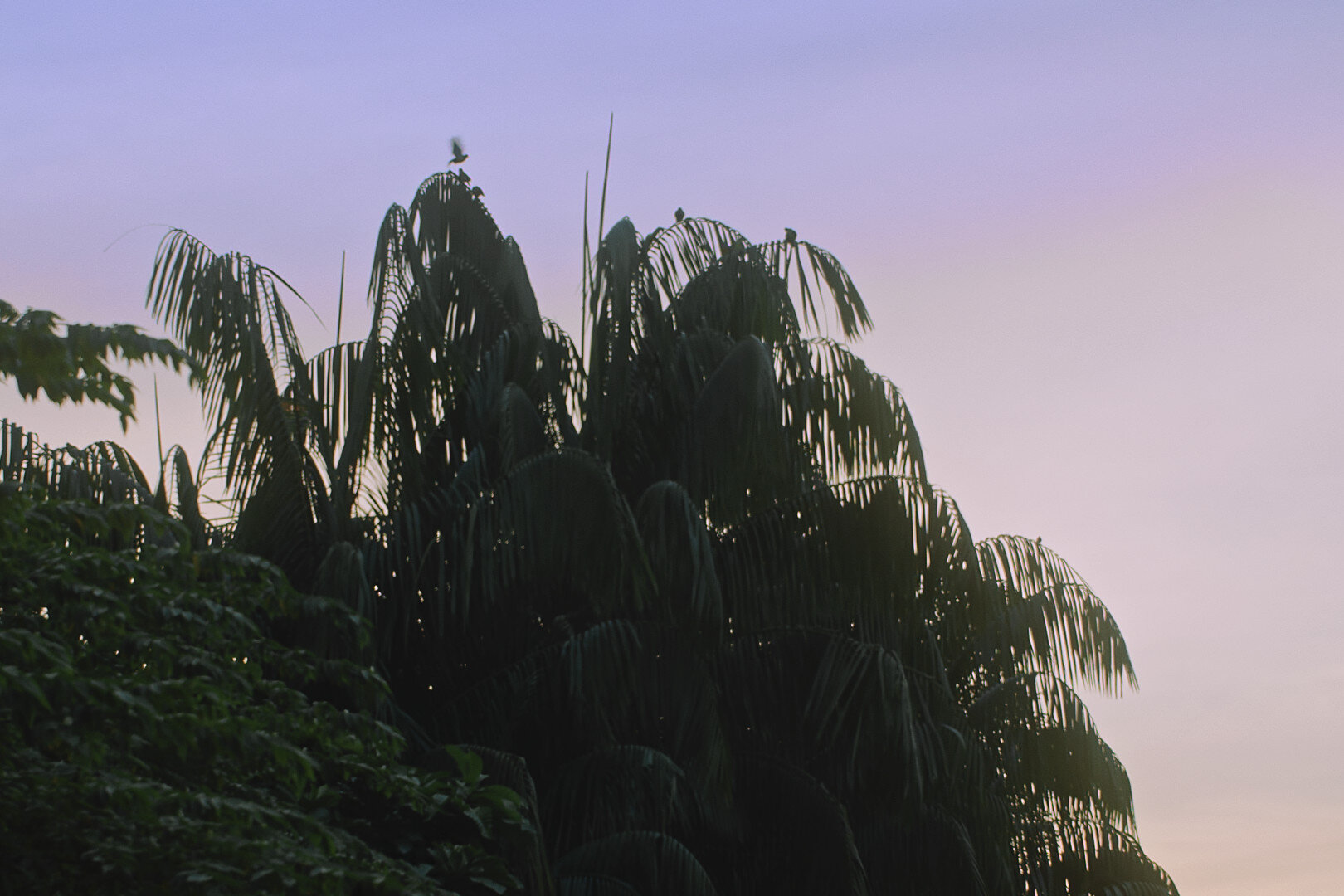
Warning signs and advisory notices have been posted at areas where these animals are most often seen. Visitors should heed these signs, which advise the public to stay on the visitor routes and not venture off the designated paths. | Info source: SBWR Trail Guide | WildSingapore | NParks
EPISODE 5: “katong”
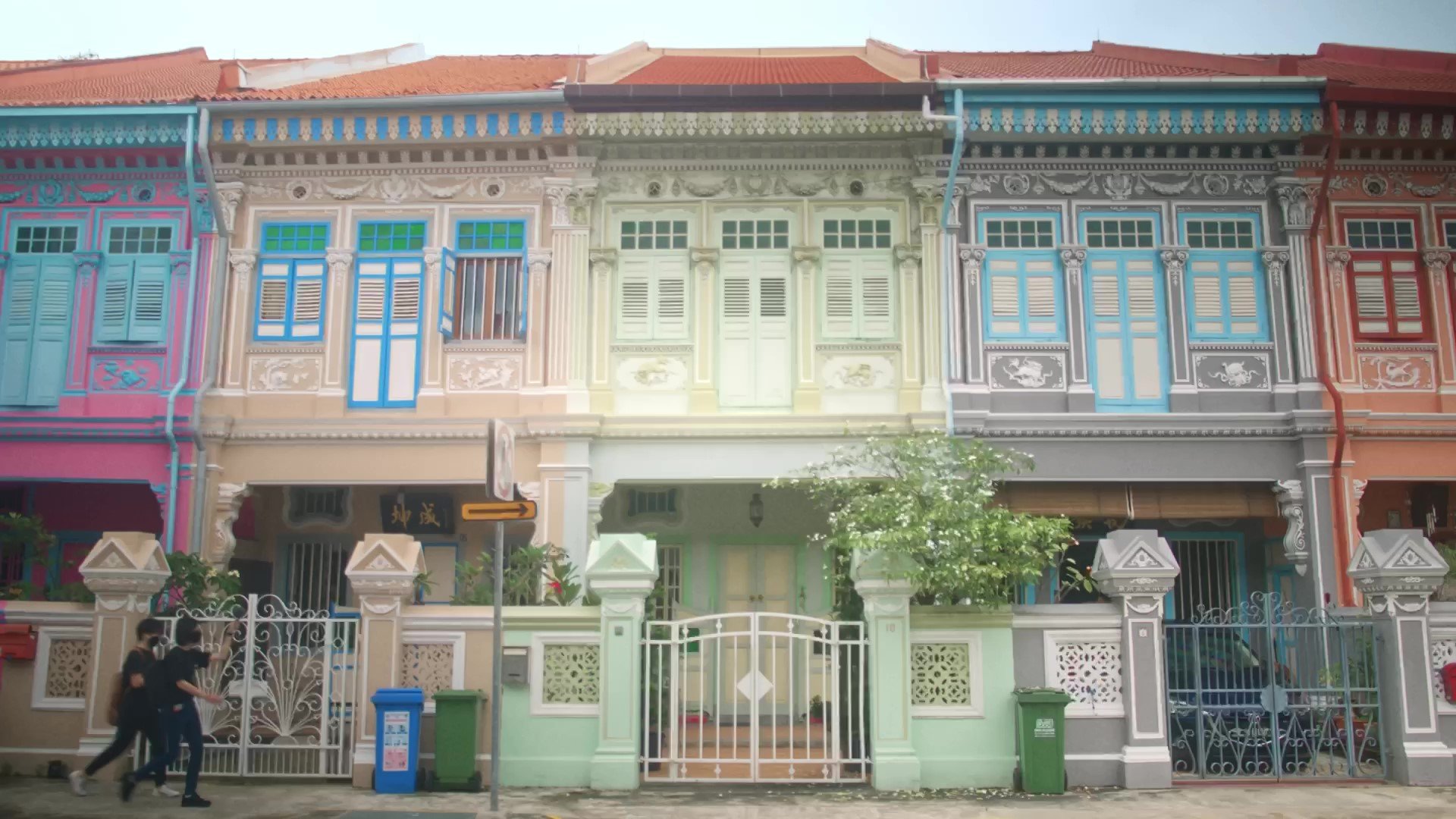
Fun Fact 1: Katong, also known as Tanjong Katong, is a residential neighbourhood in the eastern portion of Singapore. The area’s identity (along with neighbouring area, Joo Chiat) is shaped by its unique pre-war architecture – colourful two-storey shophouses and terrace houses featuring ornate facades and beautiful ceramic tiles.
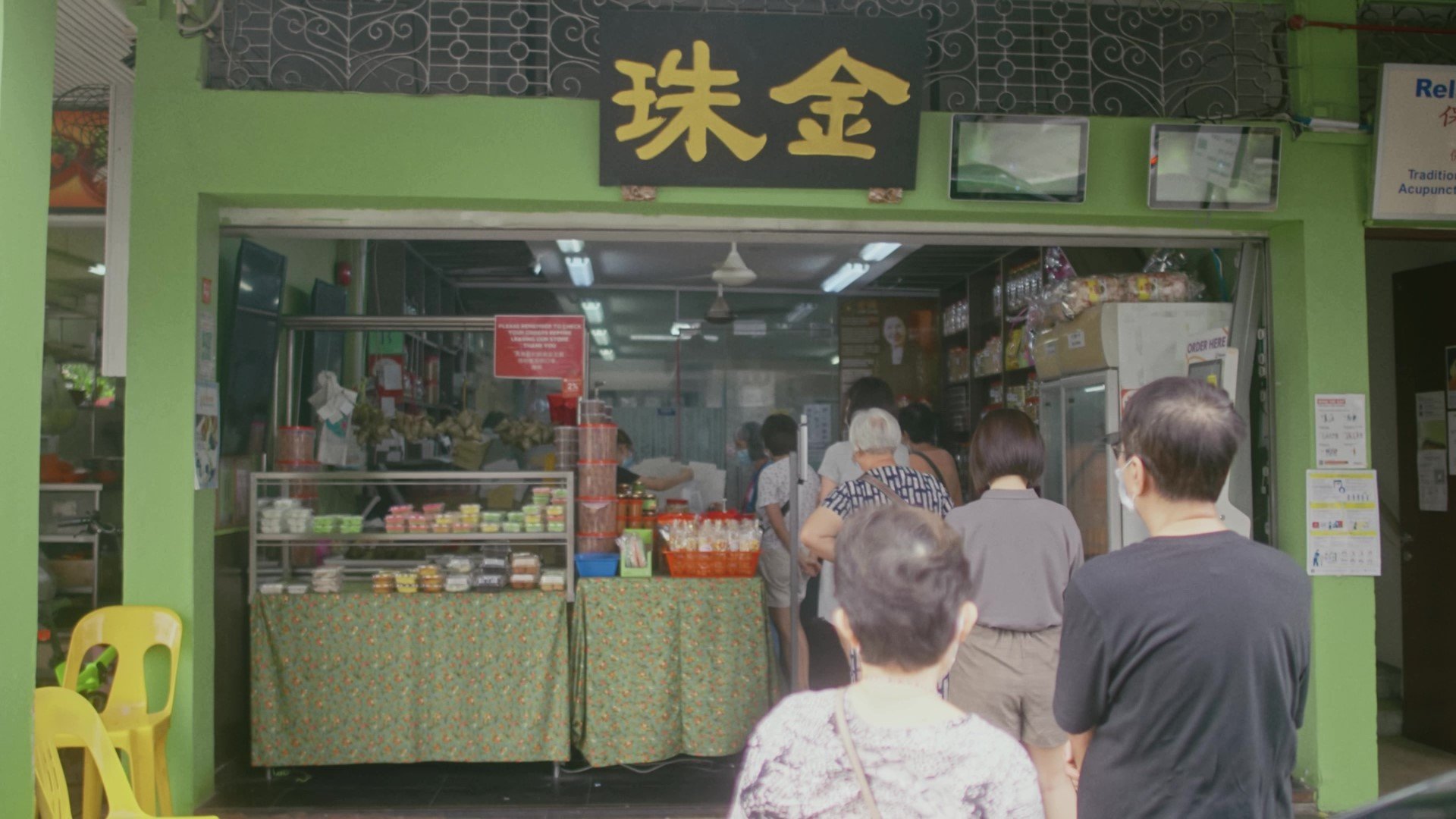
One of Singapore’s liveliest neighbourhoods, Katong is a melting pot of tradition and modernity. Family businesses and quaint shophouses sit alongside cool cafés and hip boutiques.

As one of the country’s best foodie destinations, Katong is well-loved by many Singaporeans. Explore cafes and coffee shops, try the famous Katong laksa and other Nonya delicacies.
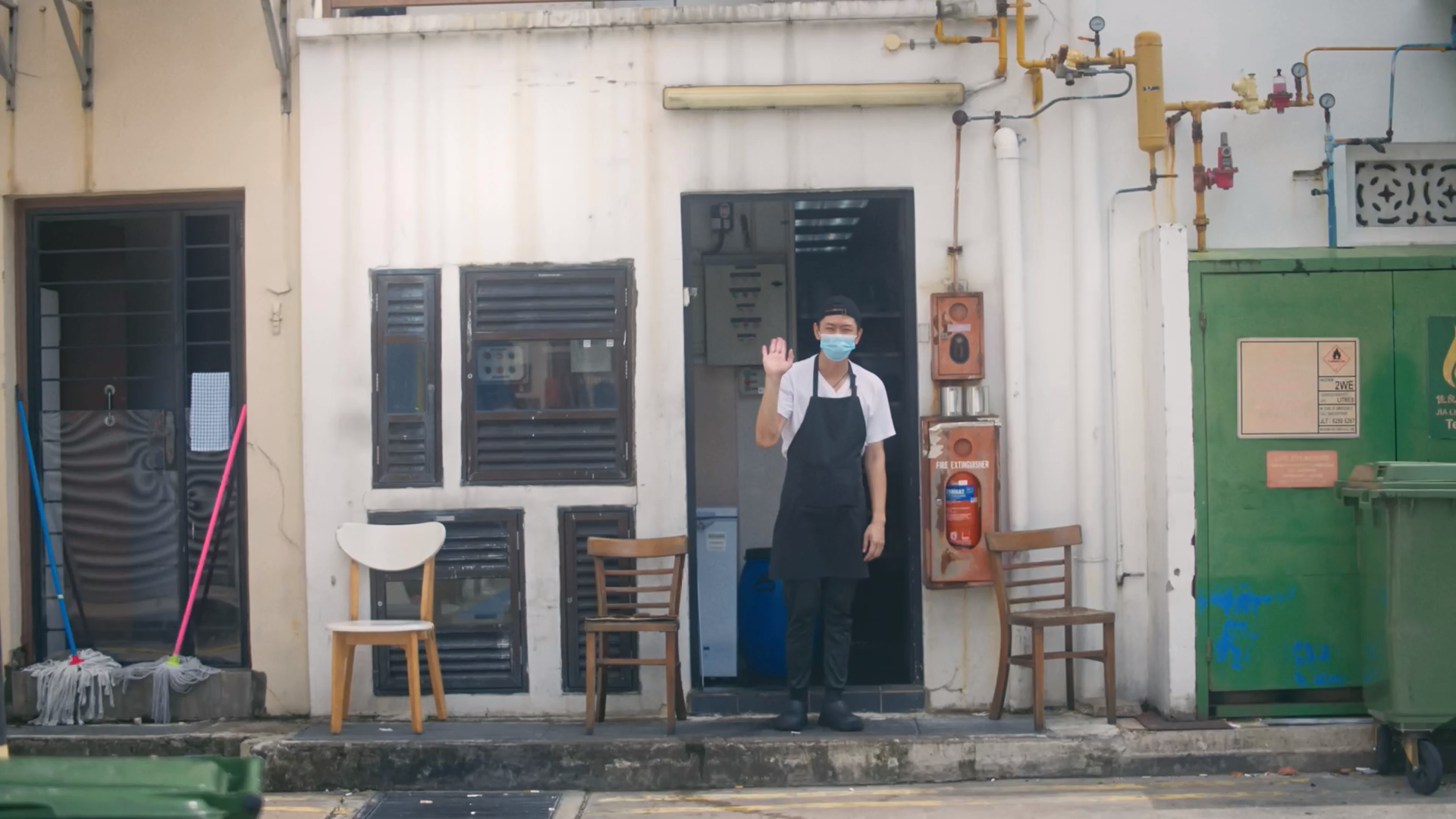
If you’re taking a walk around Katong, keep your eyes peeled for all the photo-worthy street art hidden in the laneways and on the side walls of the shophouses. Info source: NLB eResources | VisitSingapore | TimeOut Singapore
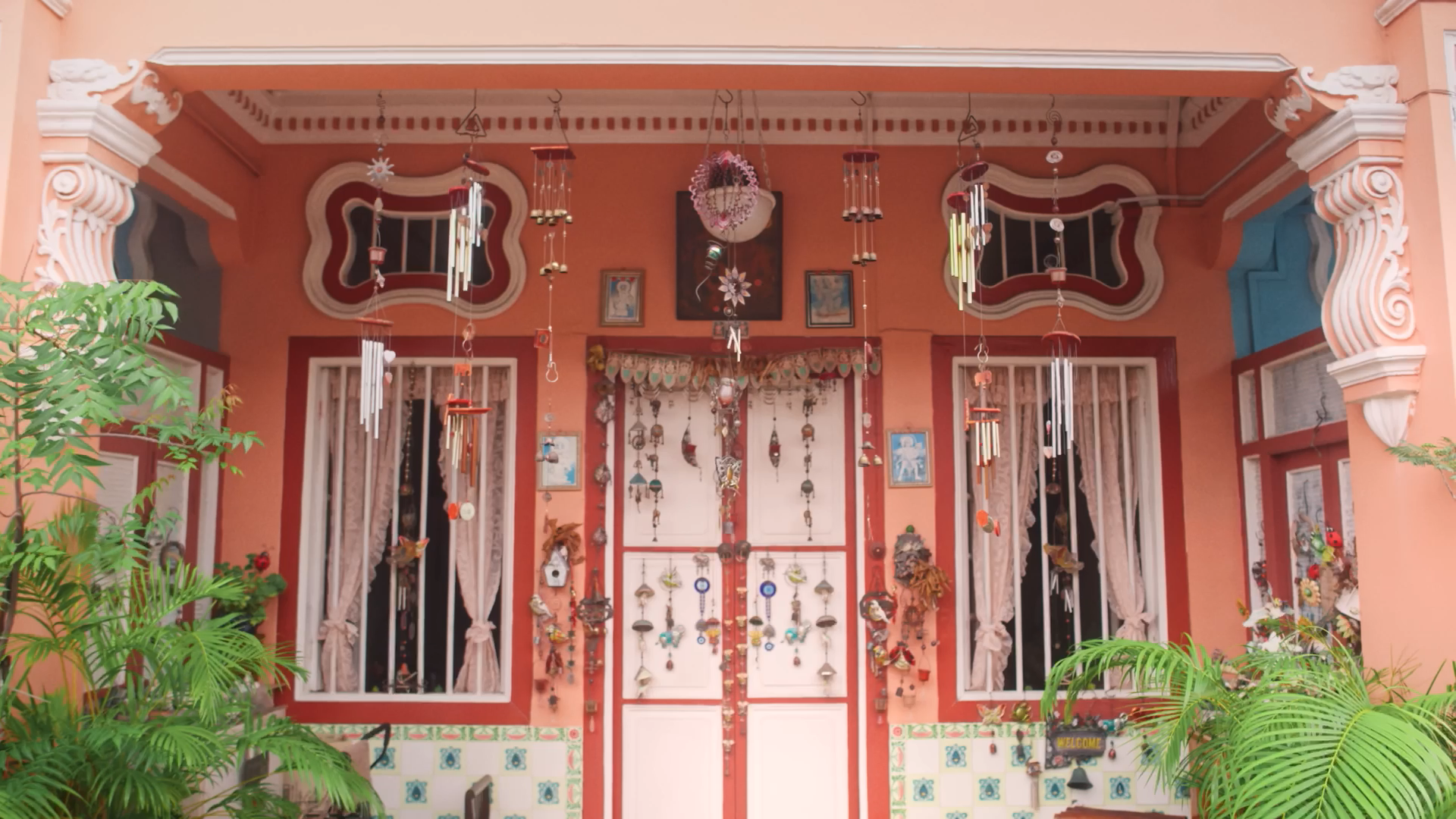
Fun Fact 2: ‘Tanjong Katong’ is Malay for ‘Turtle Point’, and Katong was a species of sea turtle that is now extinct. It also refers to “the rippling effect of a sea mirage” when looking at a shoreline.
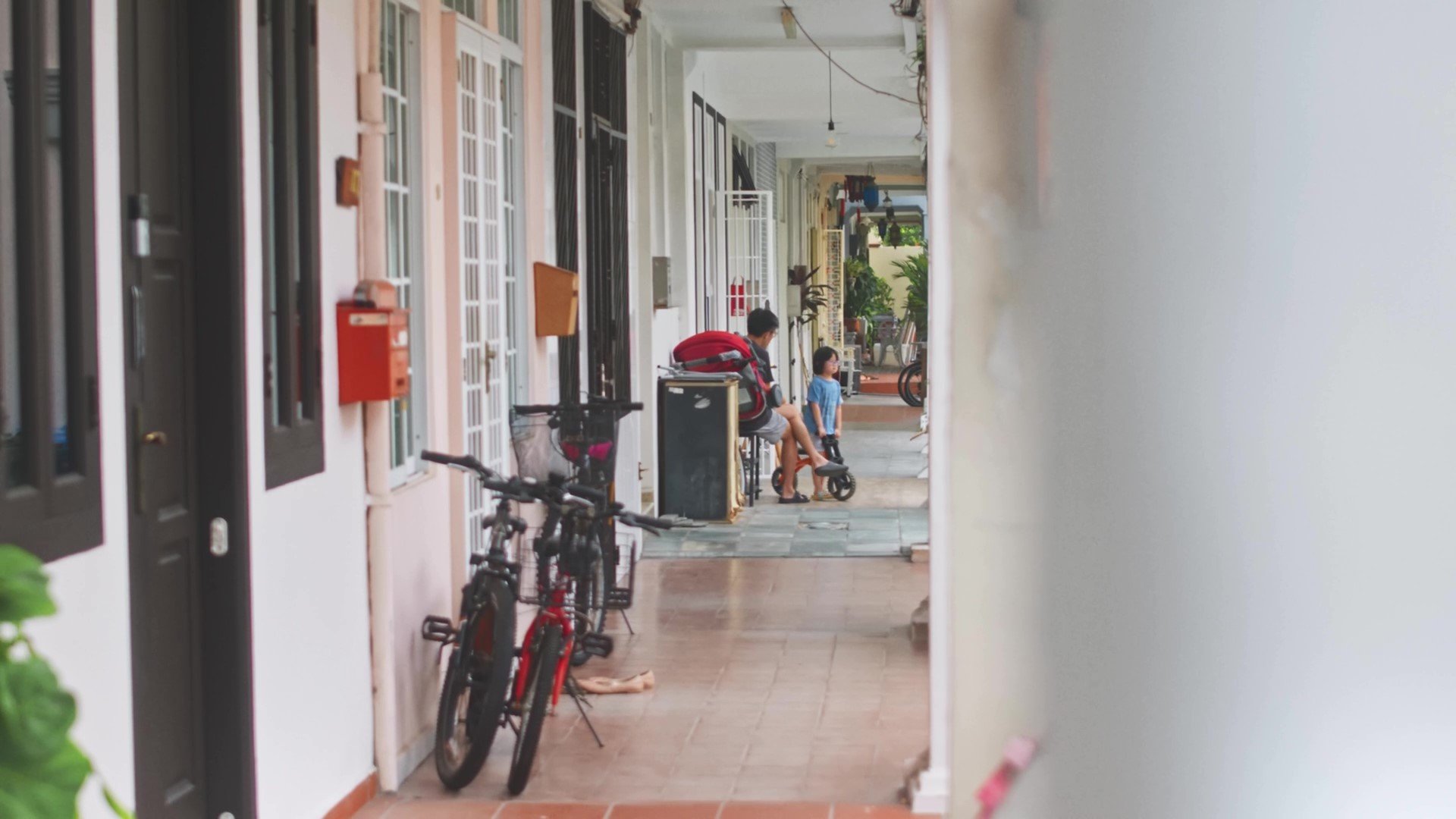
The neighbouring Joo Chiat area is named after Chew Joo Chiat, a wealthy Chinese landowner in the early 20th century. Both areas were once a small village of seaside retreats for the wealthy, known for its boathouses and beachside retreats.
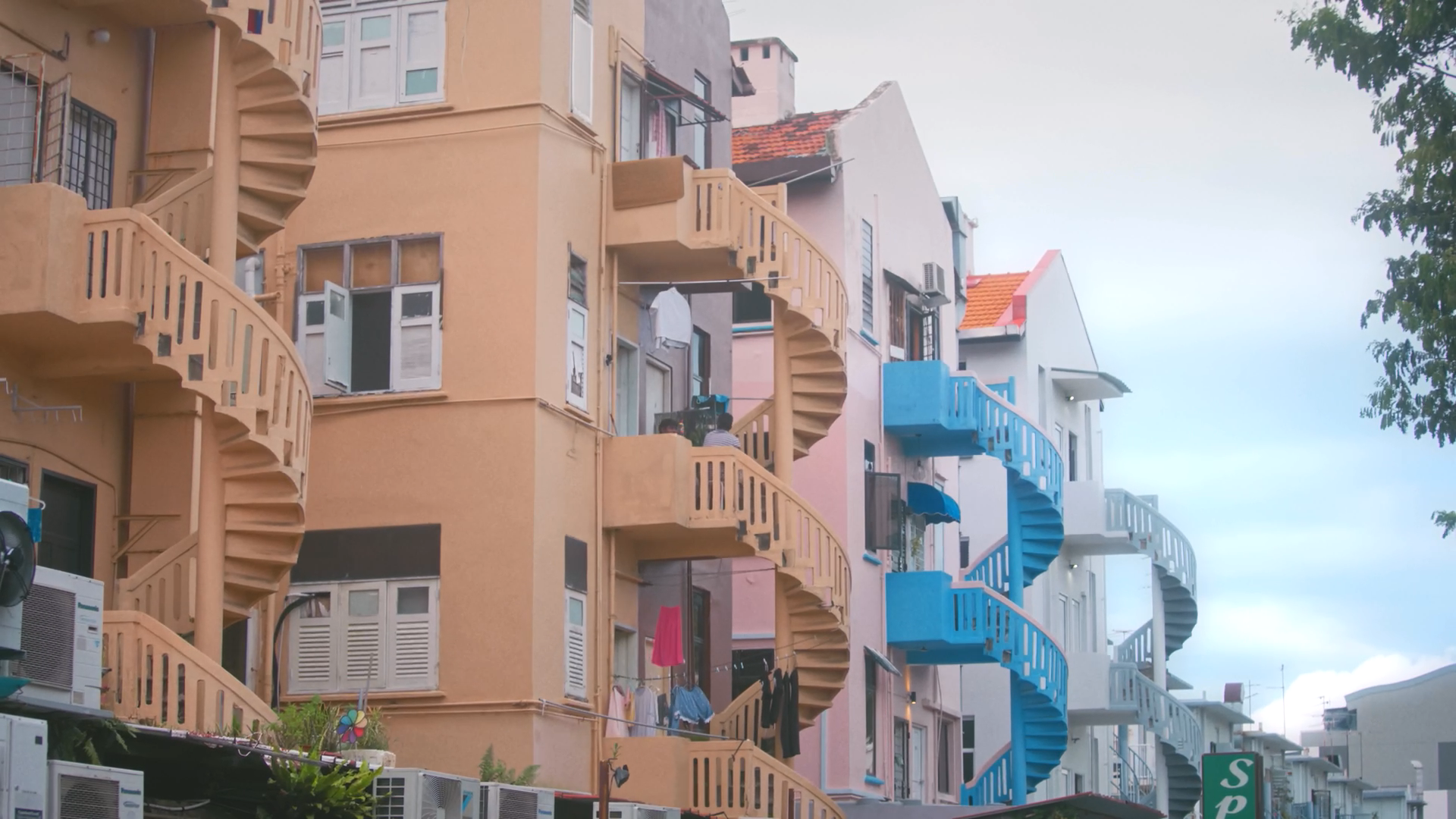
Before reclamation in Marine Parade, Tanjong Katong fronted the sea. Wealthy Straits Chinese, Europeans and Jews built mansions, hotels and recreation clubs along the beach for weekend retreats. The area became known as a health resort and was peppered with residences. Many roads in the area, such as Boscombe and Poole roads, were named after English seaside towns.
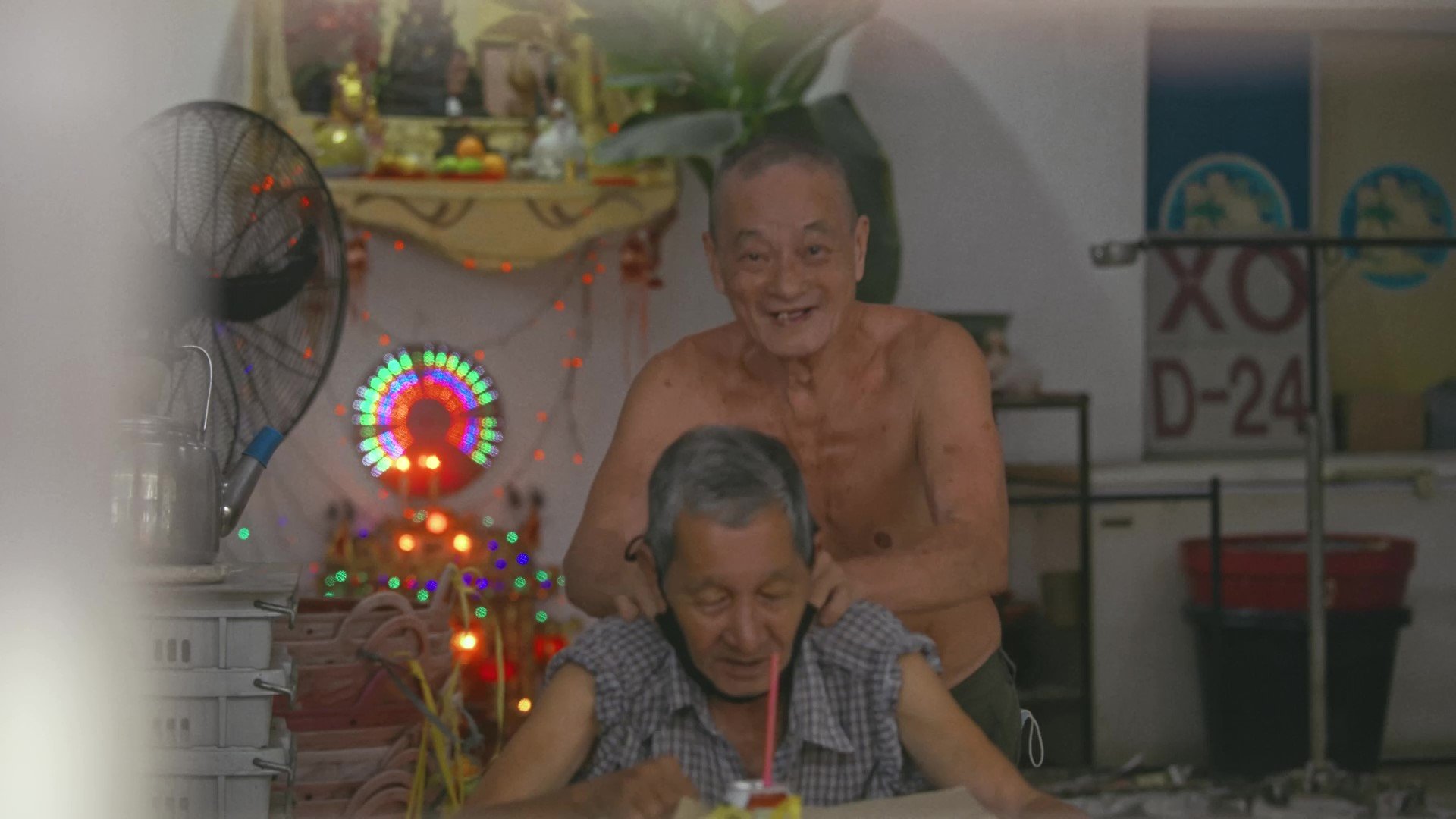
The song, “Di-Tanjong Katong” (which was made a national song), is about the tranquil atmosphere of Tanjong Katong with blue sea waters washing ashore. Info source: NLB eResources | VisitSingapore
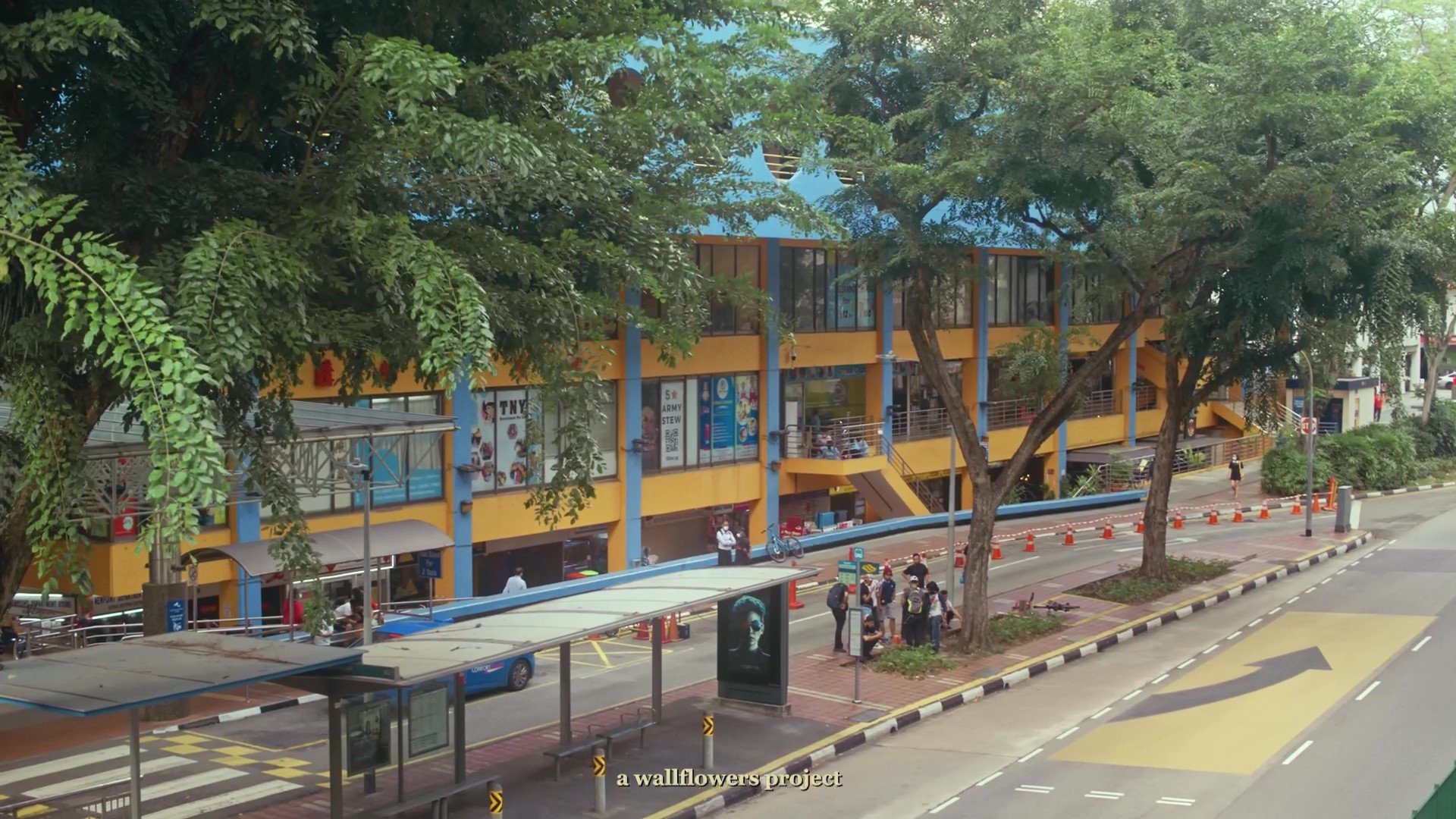
Fun Fact 3: The dark past of Katong and Joo Chiat: During the Japanese Occupation (1942-45), the stretch of shophouses along Tanjong Katong Road, between Wilkinson and Goodman roads, housed “comfort women” (women who were forced into prostitution by the Japanese military) from Korea and Indonesia.
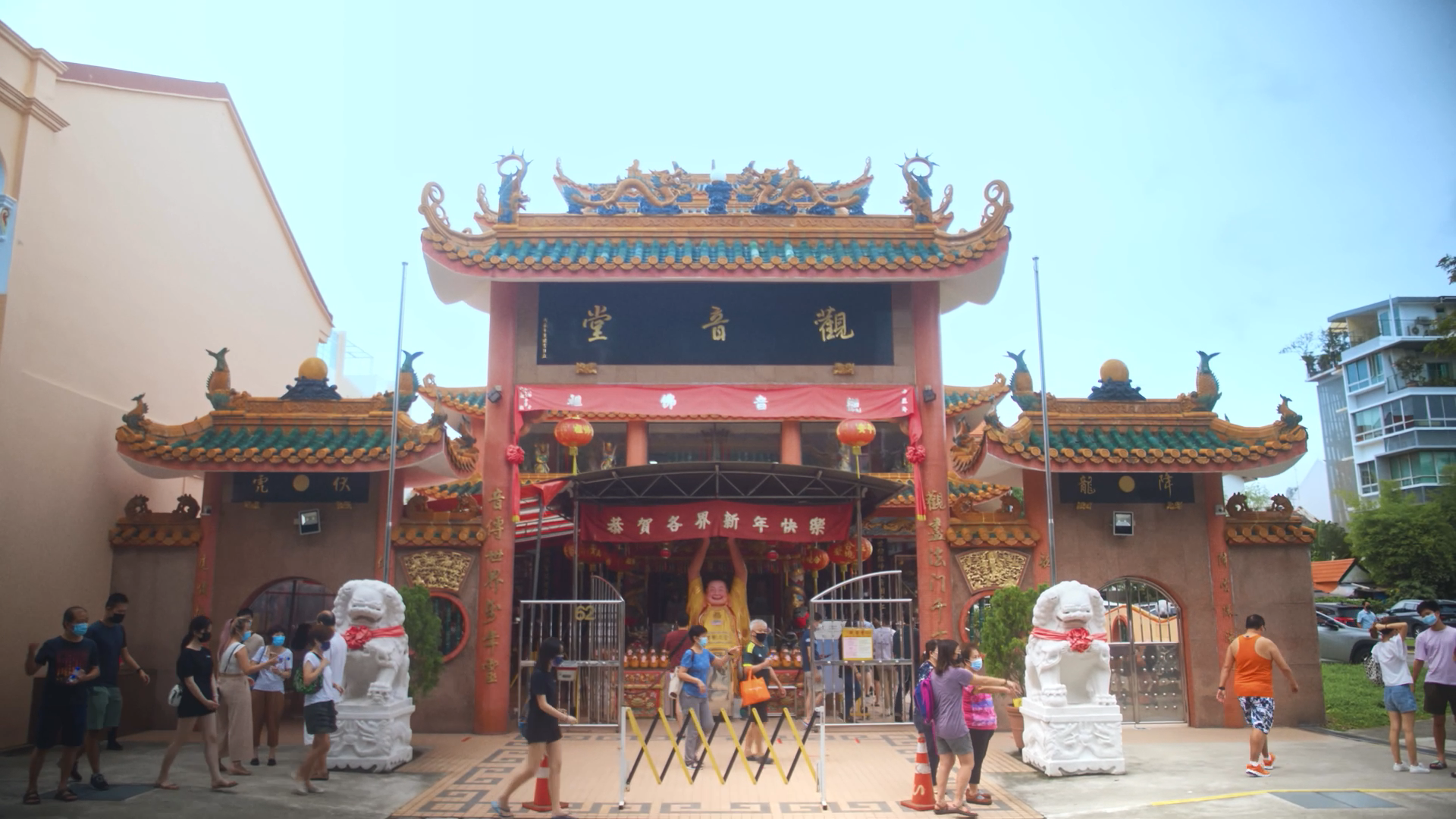
After the war, development of the area resumed in the 1950s. Shopping centres and departmental stores began to compete with wet markets, while cinemas and other entertainment outlets like bars and pubs appeared in the 1970s to cater to the growing population.

Notable landmarks like the Roxy and Odeon cinemas, the Sri Vinayagar Kalamandapam Temple, the Kuan Im Tng temple were constructed during this time.

In 1993, the Joo Chiat neighbourhood which comprises the historical centre of Katong, was designated a national heritage conservation area by the Singapore Government. In 2011, the area was crowned as Singapore’s first Heritage Town, and received significant funding for community activities in the area. Info source: NLB eResources | VisitSingapore
Episode 6: “Queenstown”
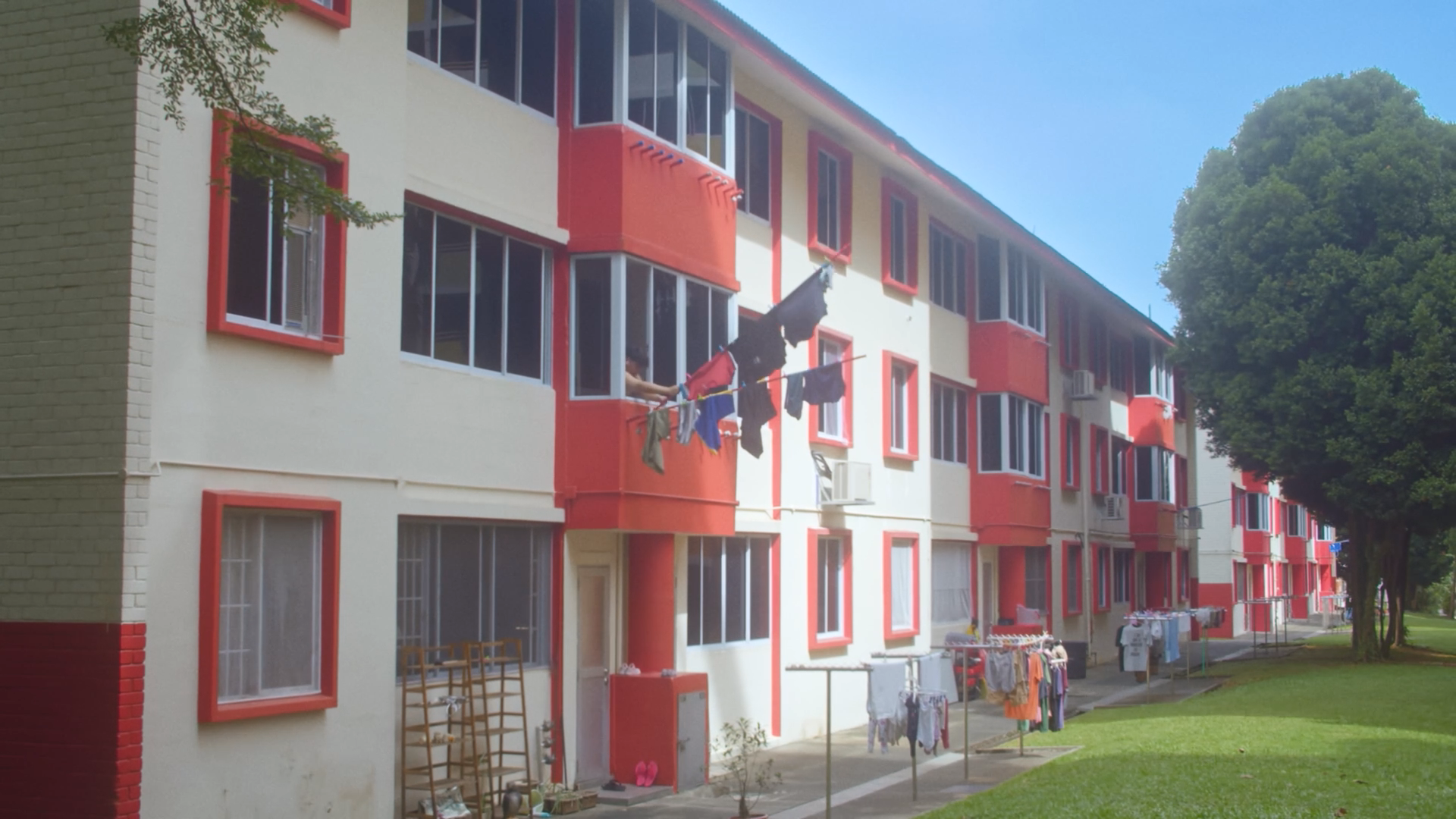
Fun Fact 1: Queenstown was the first satellite town in Singapore, built by SIT (Singapore Improvement Trust, the predecessor of Housing Development Board). The estate was the most ambitious project initiated by SIT to tackle overcrowding woes in Chinatown. It was named after Queen Elizabeth II, in commemoration of her coronation in 1953.
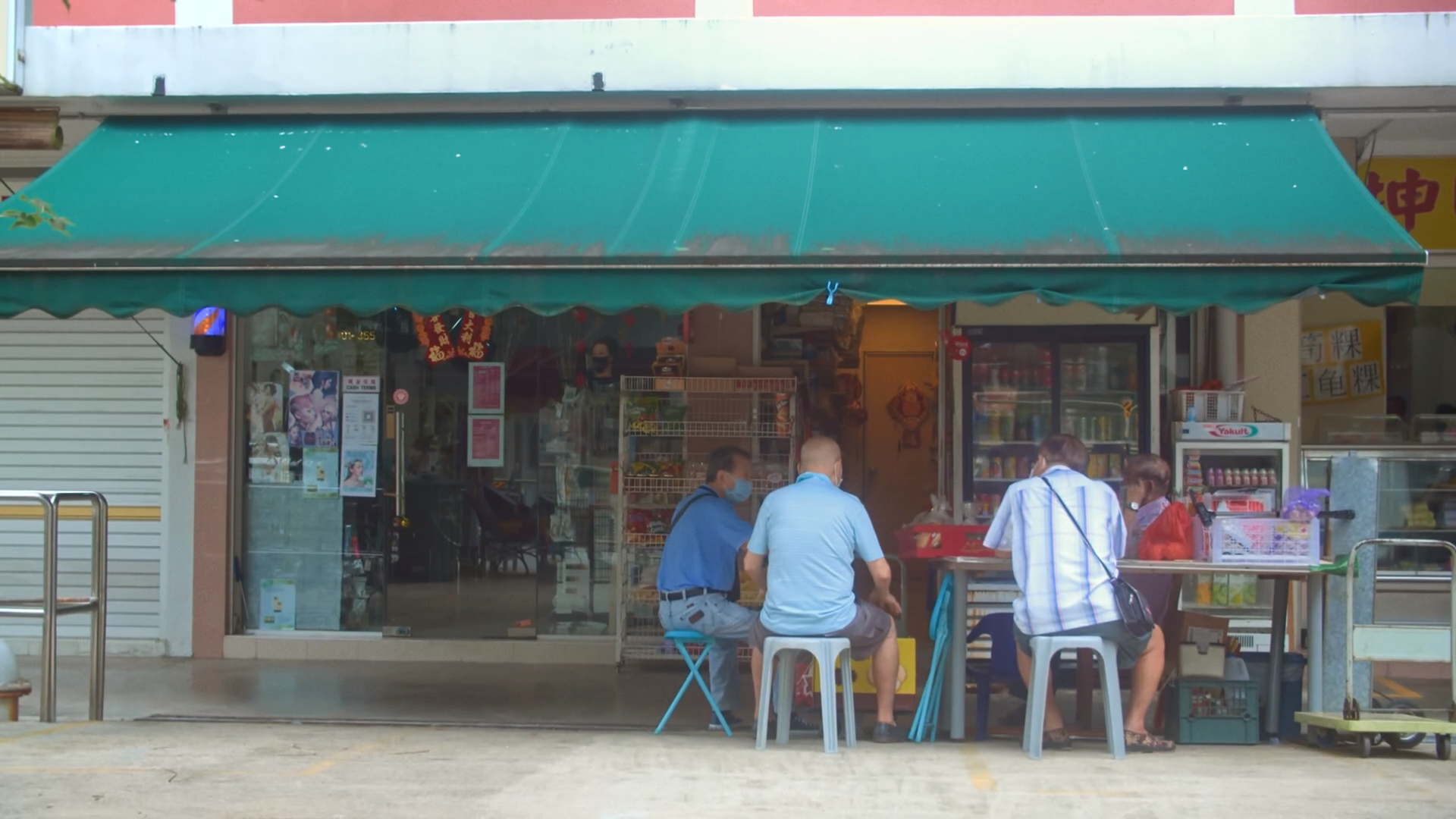
Queenstown was formerly a swampy valley with two hills named Hong Lim and Hong Yin. Hong Lim hill was a cemetery for over 100,000 Chinese graves, while Hong Yin hill was covered with orchards and rubber plantations.

The area also consisted of a British army camp, and a village called Bo Beh Kang (无尾涧), literally “No Tail River” in Hokkien, and was inhabited by Hokkien and Teochew-speaking dwellers. The village’s got its name from a small river nearby, and the villagers were unsure of where the tail of this stream was.

During World War II, the idyllic life at the village was interrupted by the Japanese invasion. As Boh Beh Kang was located right next to the former British Military Hospital (now Alexandra Hospital), many villagers were brutally killed by the oncoming soldiers.
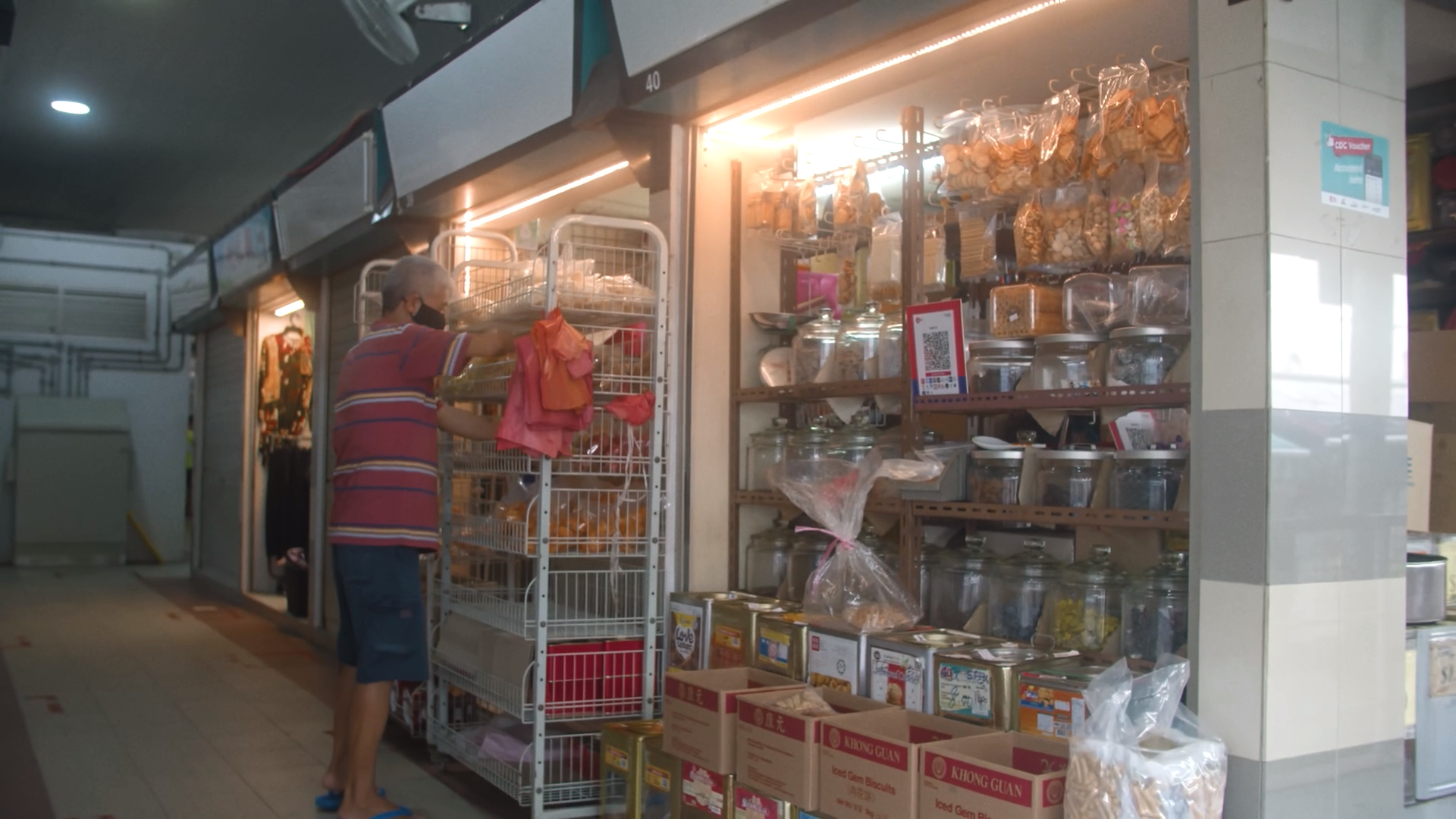
When the war ended in 1945, the British government made plans to acquire land at the Boh Beh Kang village. Eventually, the swamp, cemeteries, farm land and camp site were cleared to make way for the development of Queenstown housing estate. Info source: NLB eResources | MyCommunity

Fun Fact 2: Queenstown was a pioneer in many areas. Apart from being the first satellite town, it was also a place where many social institutions were established in Singapore. In 1956, Queenstown Secondary Technical School was the first technical school to be established in Singapore - to answer the “desperate need” for skilled workers as Singapore industrialised and diversified its economy.
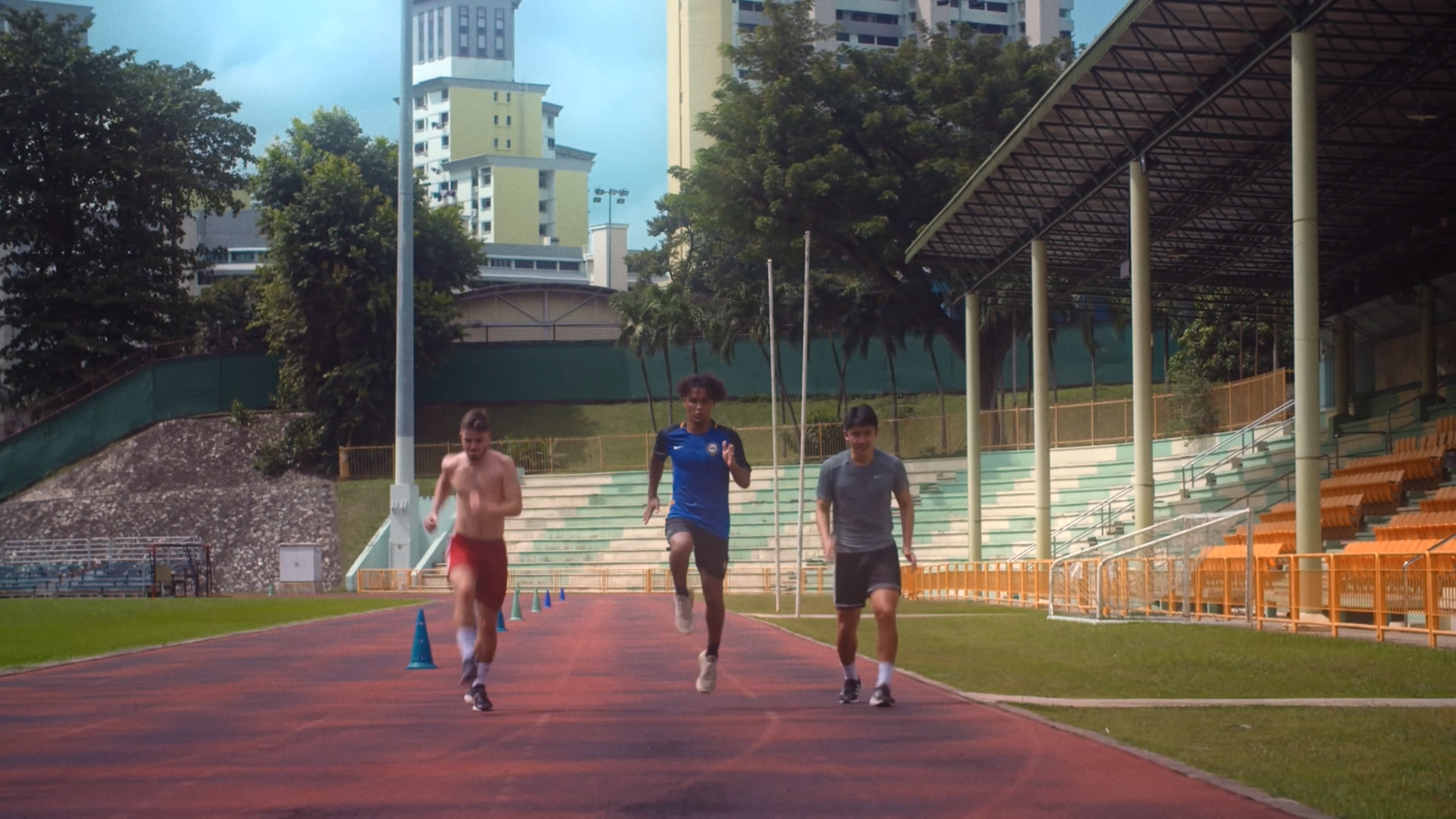
In 1963, Singapore’s first polyclinic was built along Margaret Drive to provide access to subsidized healthcare. In 1970, Queenstown Community Library - the first branch library in Singapore and the first sports complex were opened in the estate.
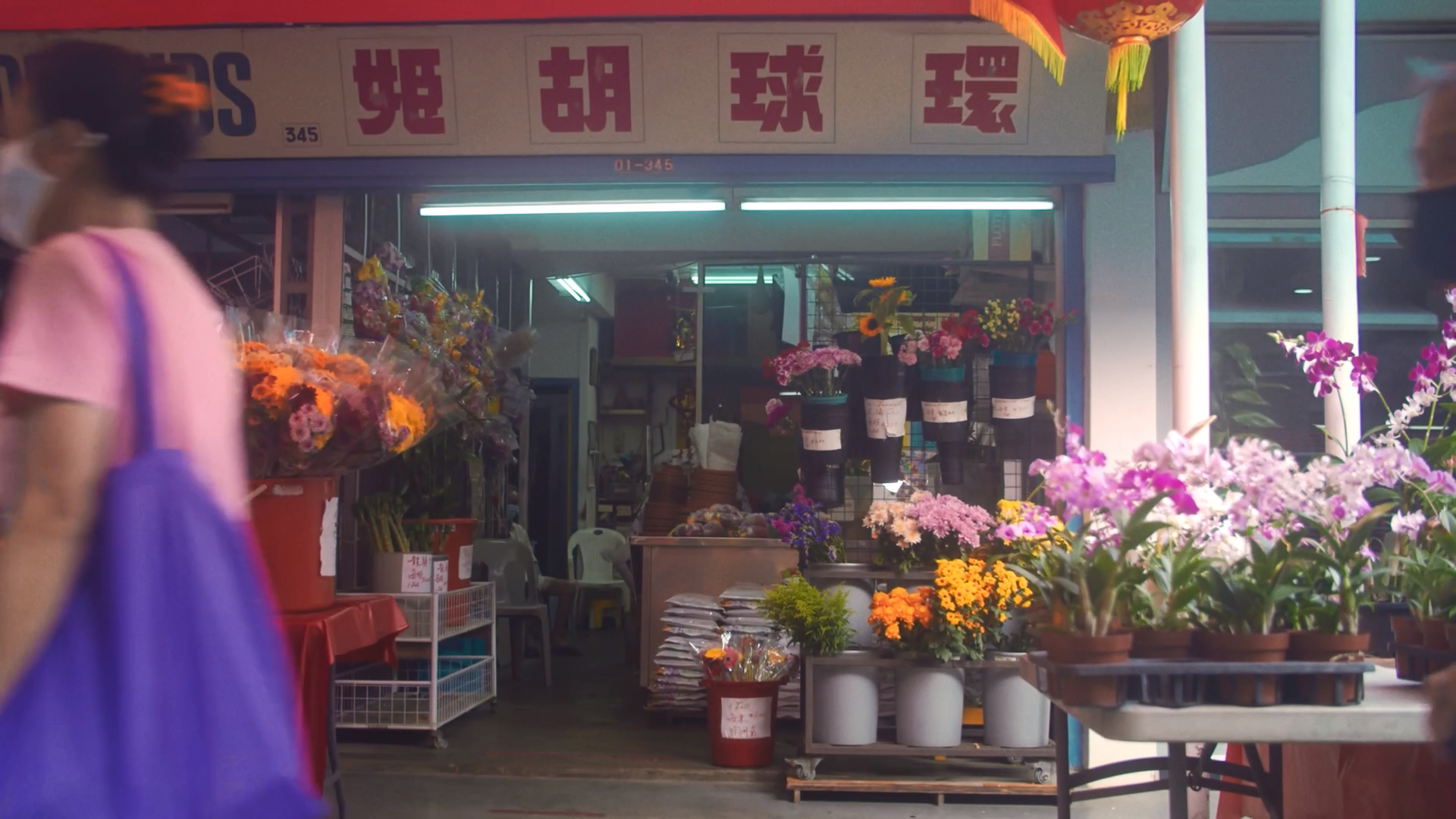
Queenstown is also the birthplace of a significant historical event in Singapore - the Hock Lee bus riots. On 23rd April 1955, disgruntled bus drivers staged a peaceful demonstration at a bus depot located at the junction of Dawson Road and Alexandra Road, protesting long working hours, poor working conditions and low pay.

Students from several Chinese middle schools joined in the protests by offering food and money to these bus drivers. The riots became violent when the Riot Police attempted to break up the riots using water cannons and tear gas on 12 May 1955.

The violent commotion ended the next morning when the bus company and the workers’ union reached an agreement to reinstate the bus drivers and increase their monthly remuneration. Info source: NLB eResources | MyCommunity
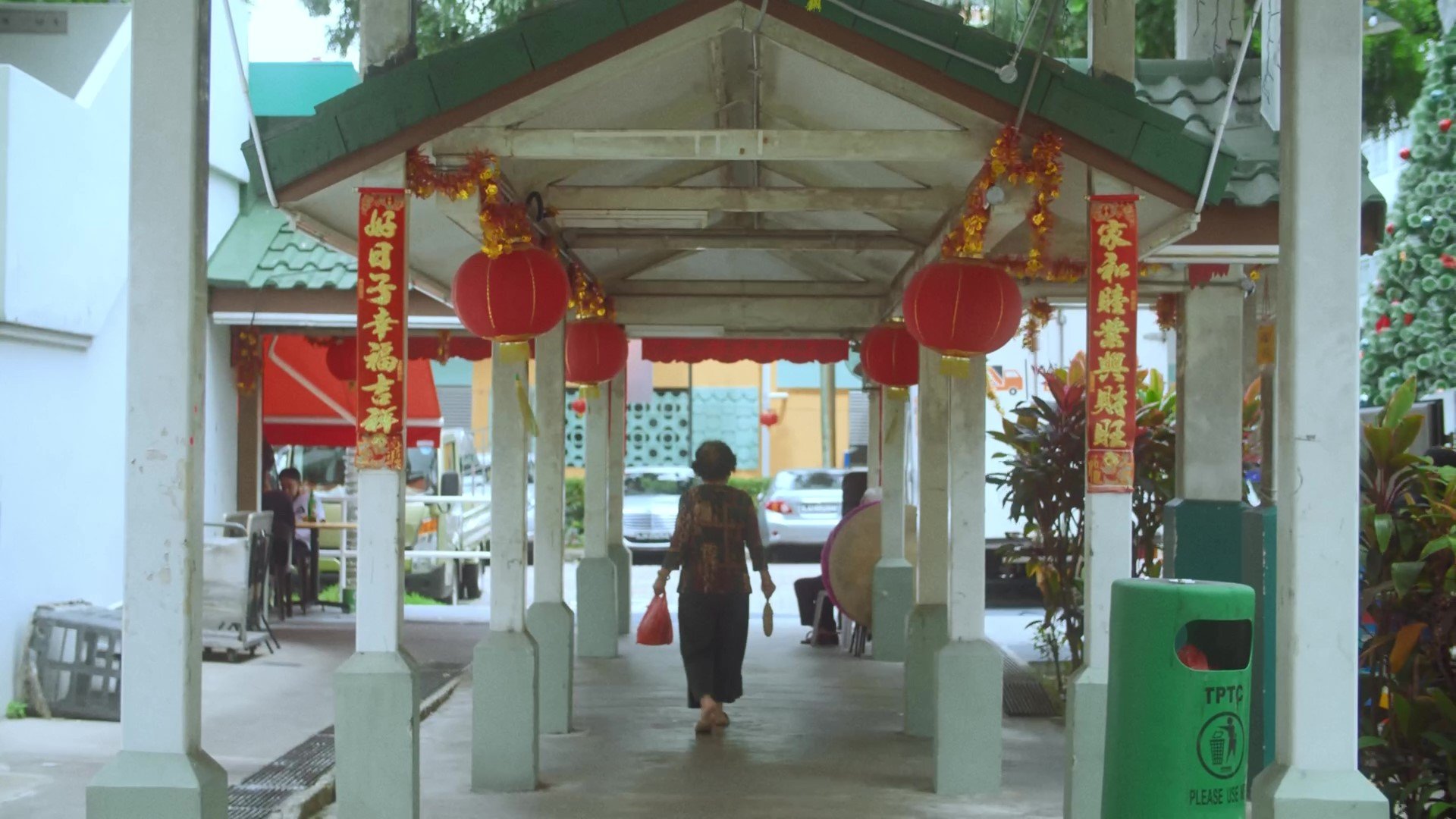
Fun Fact 3: By the 1980s, Queenstown estate was becoming stagnant without much new developments and the younger generation of residents were moving out to newer estates. In the 1990s and 2000s, many iconic landmarks in Queenstown, such as Tah Chung Emporium, Queenstown Remand Prison, Margaret Drive Hawker Centre, as well as Queenstown cinema and bowling centre were torn down to make way for re-development.
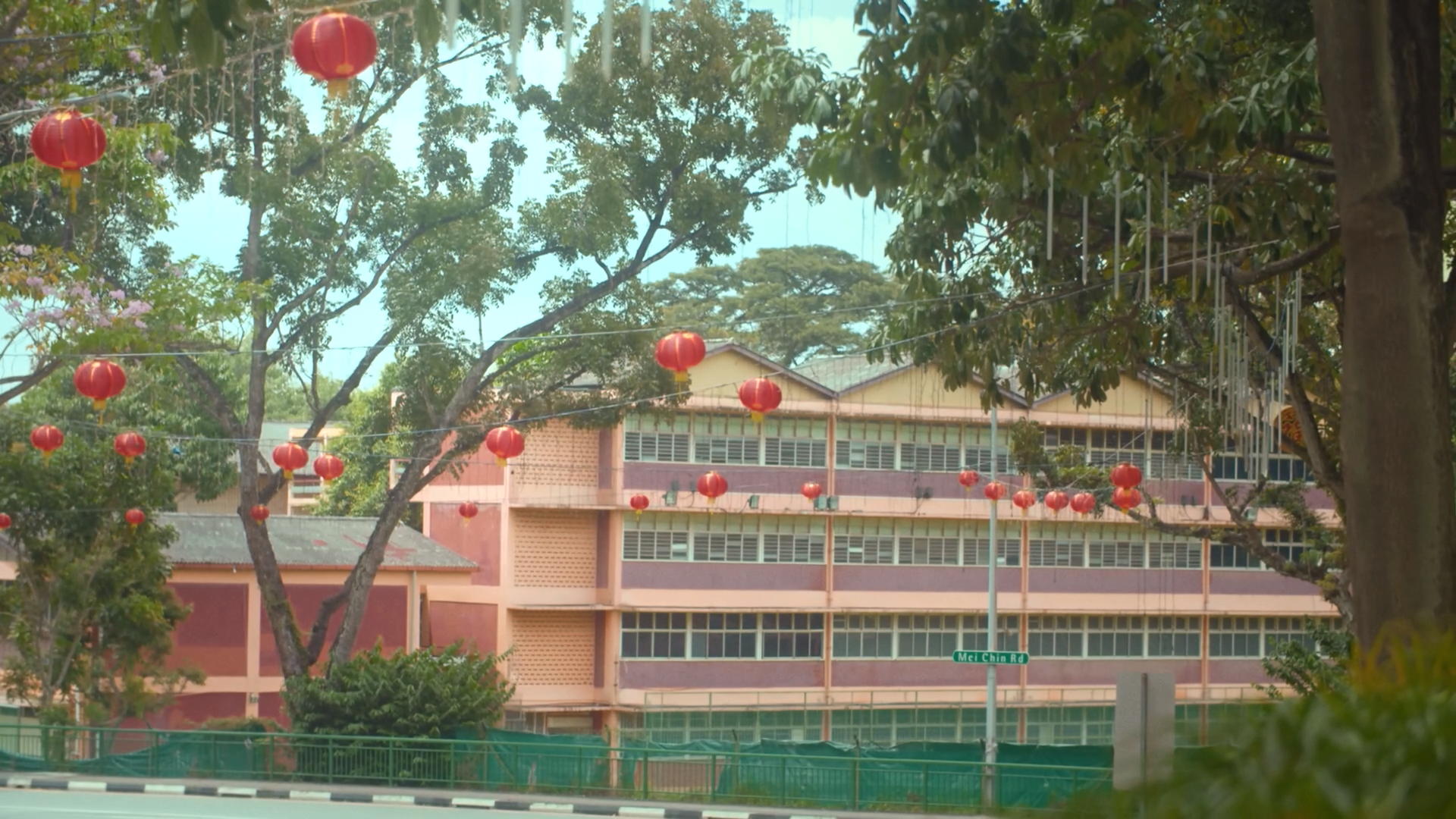
Queenstown was also rejuvenated in the form of the Selective Enbloc Redevelopment Scheme, where older flats were demolished to make way for new high-density ones. In 2005, Queenstown regained its popularity and was listed as the costliest estate in Singapore.
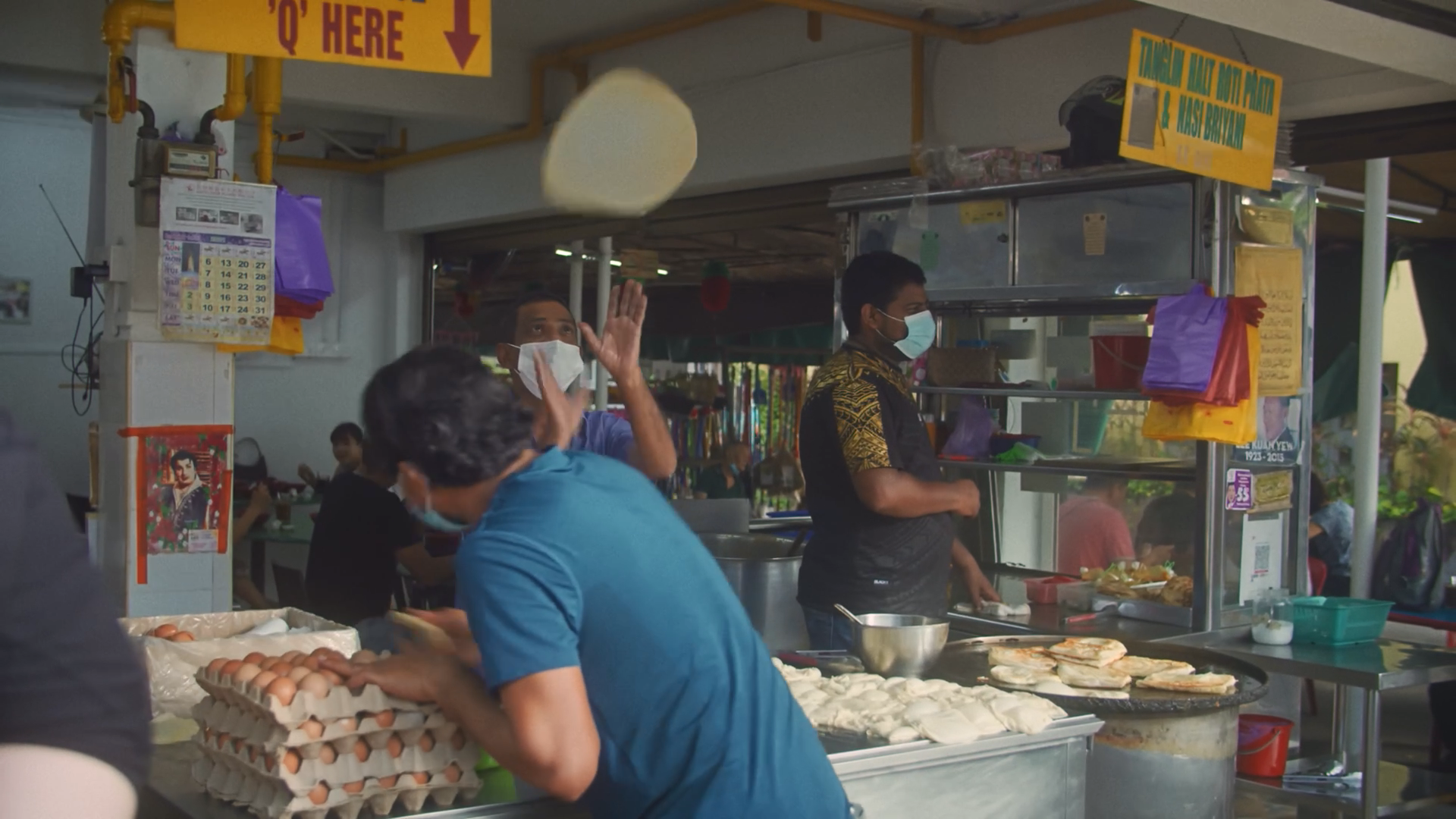
In 1994, the Urban Redevelopment Authority (URA) issued a Development Guide Plan for Queenstown which included proposals for a new sub-regional centre in Buona Vista, new infrastructure to link tertiary educational institutions and business parks, and good, high-density housing.

In 2013, it was announced that three buildings in Queenstown, namely Queenstown Library, the former Commonwealth Avenue Wet Market and Alexandra Hospital, would be gazetted for conservation under the URA 2014 Master Plan.
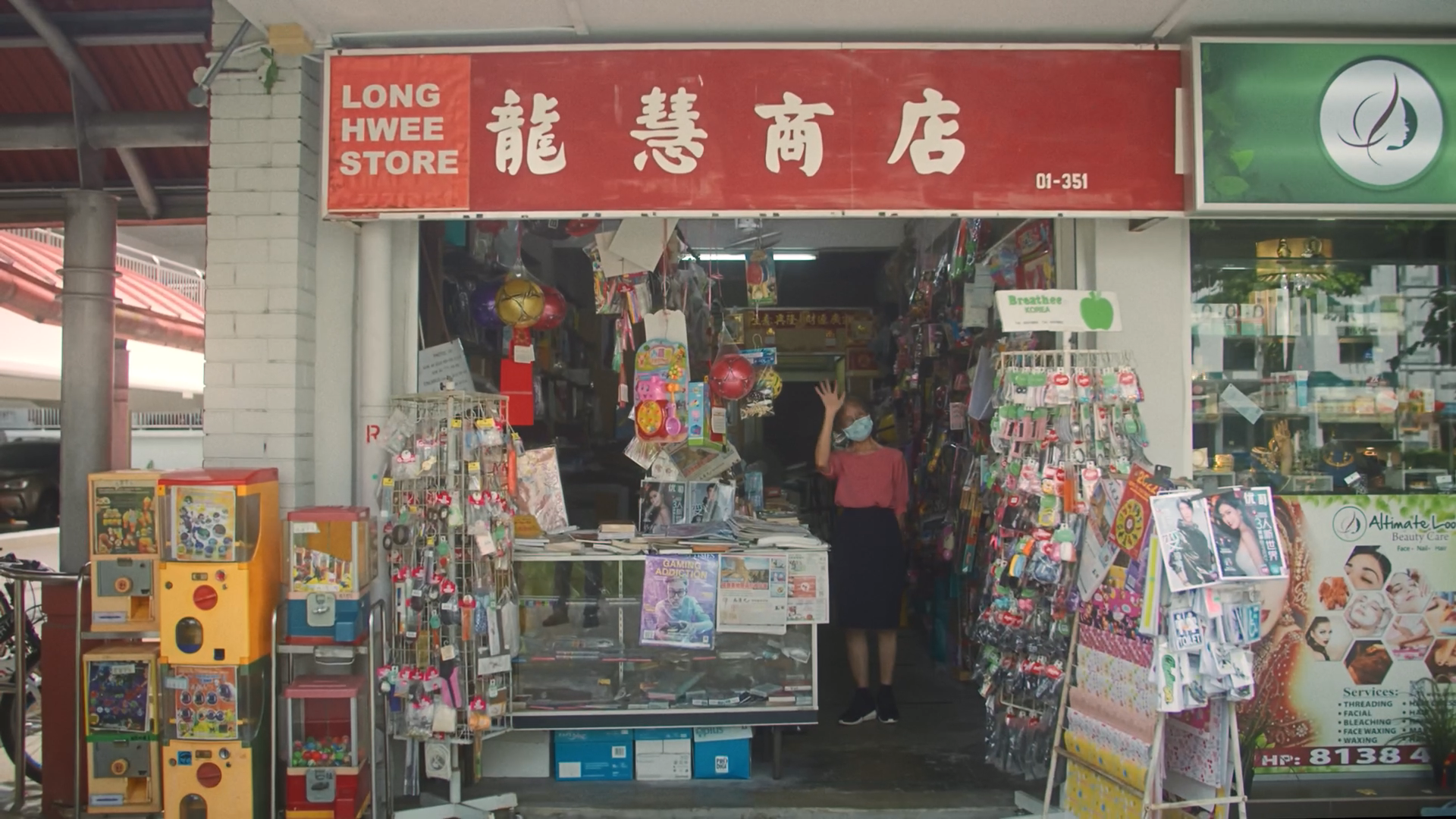
In 2019, Museum @ My Queenstown – a community museum mostly funded, managed and curated by residents in Queenstown, was launched to celebrate its heritage. The museum contains artefacts like shop signages and photographs of Queenstown. Info source: NLB eResources | MyCommunity
